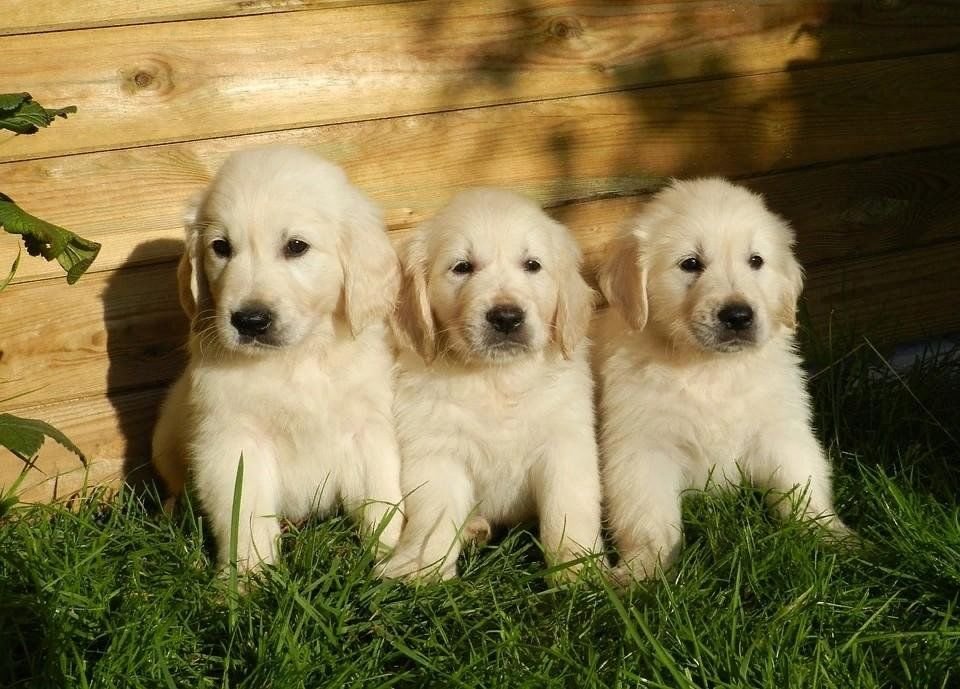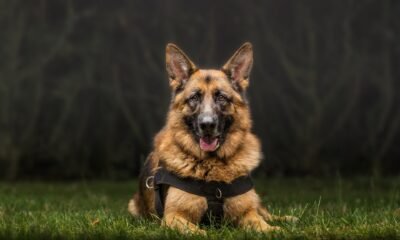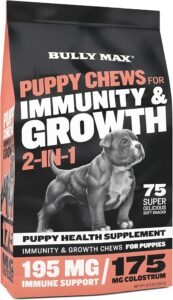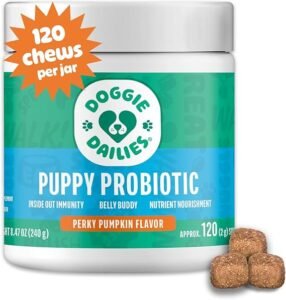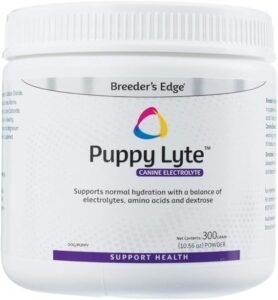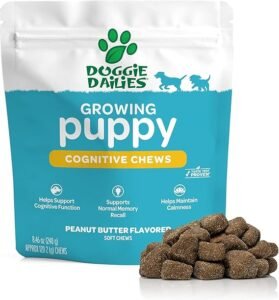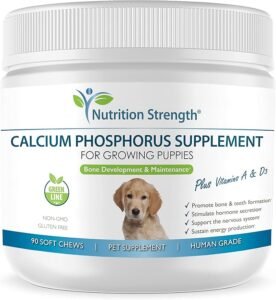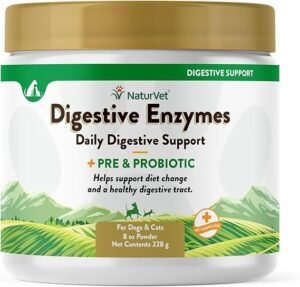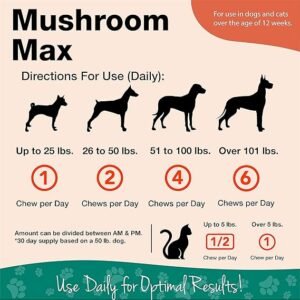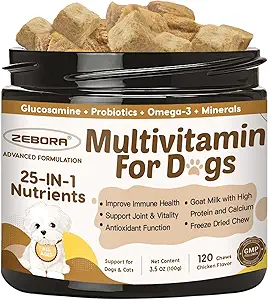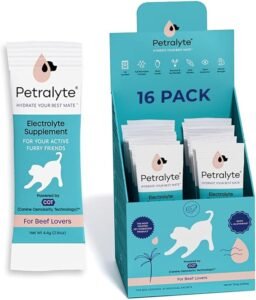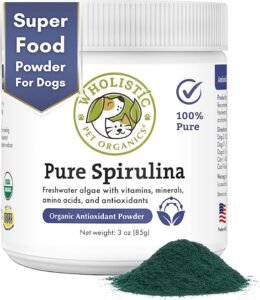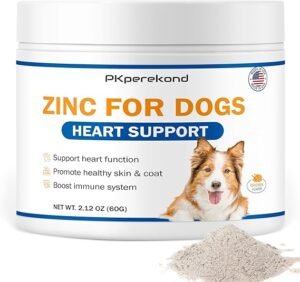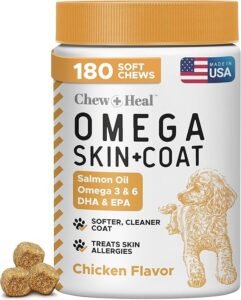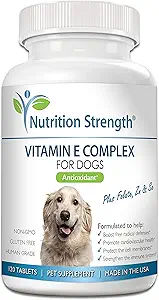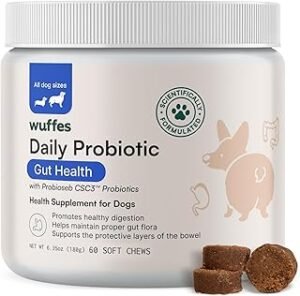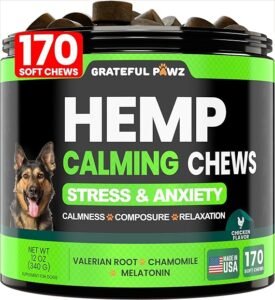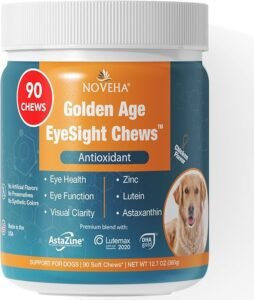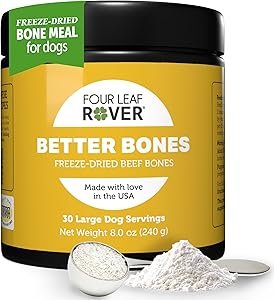Working Breeds
Golden Retriever Puppies: Genetics, Health Care
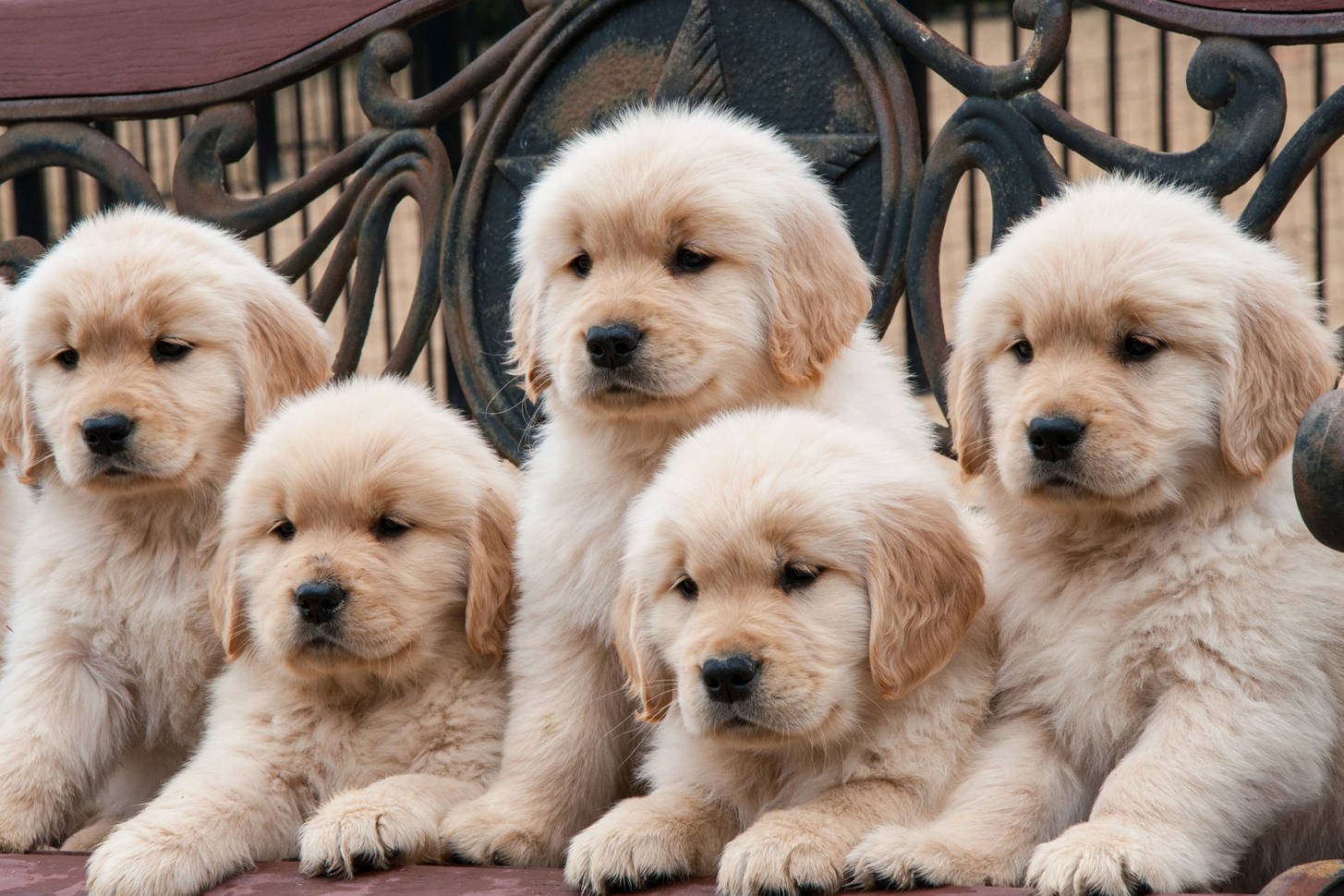
Golden Retriever Puppies
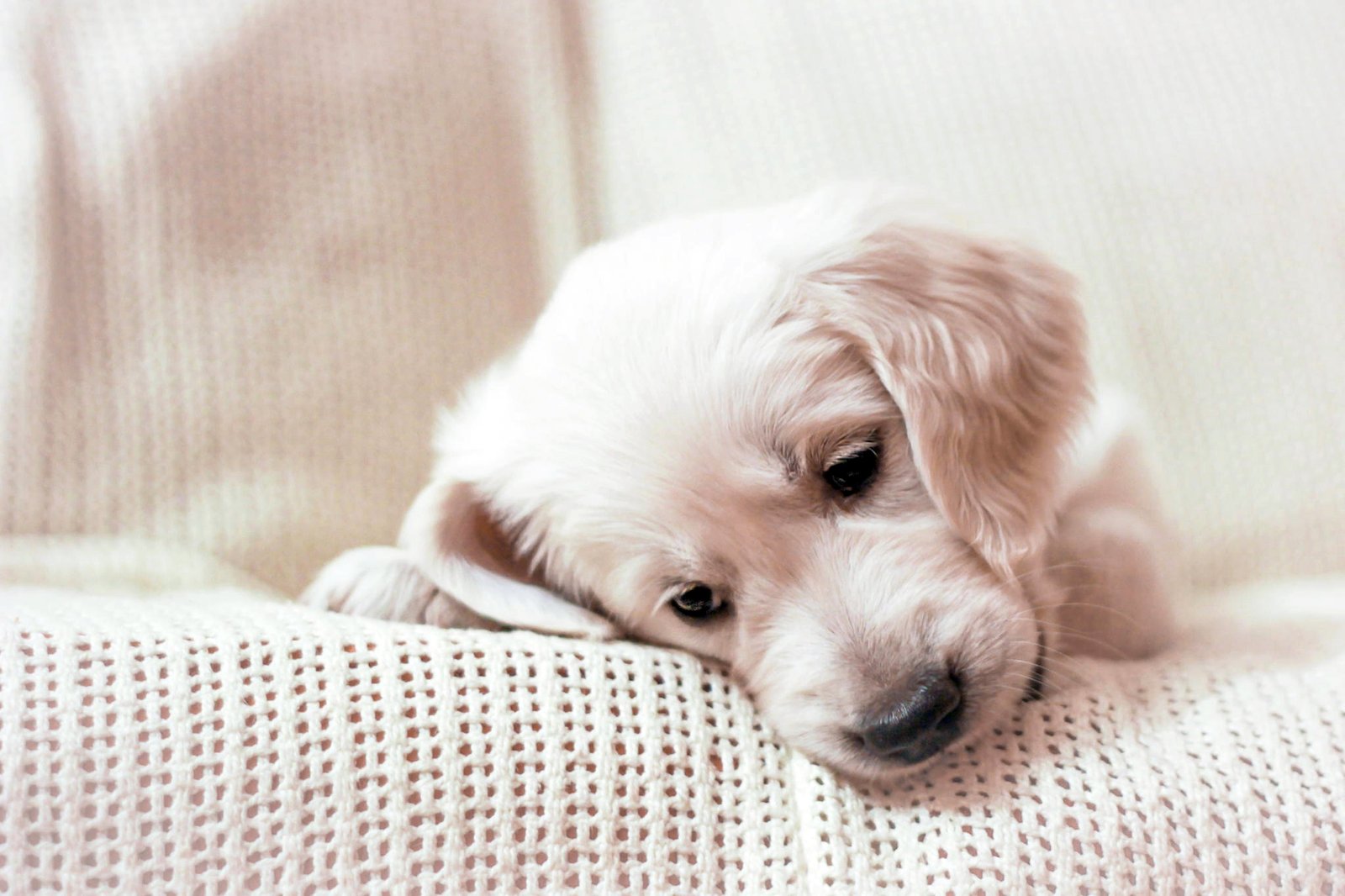
Golden Retrievers Puppies are one of the most popular dog breeds in the world, renowned for their friendly temperament, intelligence, and loyalty. Originating in Scotland in the mid-19th century, these dogs were initially bred as hunting companions, excelling in retrieving game from both land and water. Today, they are cherished as family pets, therapy animals, and service dogs. This article provides a comprehensive genetic introduction, physical characteristics, lifespan statistics, common diseases, solutions, and resources for further reading.
For more information regarding 4 seasonal cxcercieses of all dog breeds recommended by the doctors and experts,you can visit our youtube channel:
https://www.youtube.com/@Dogsreaders
Genetic Introduction
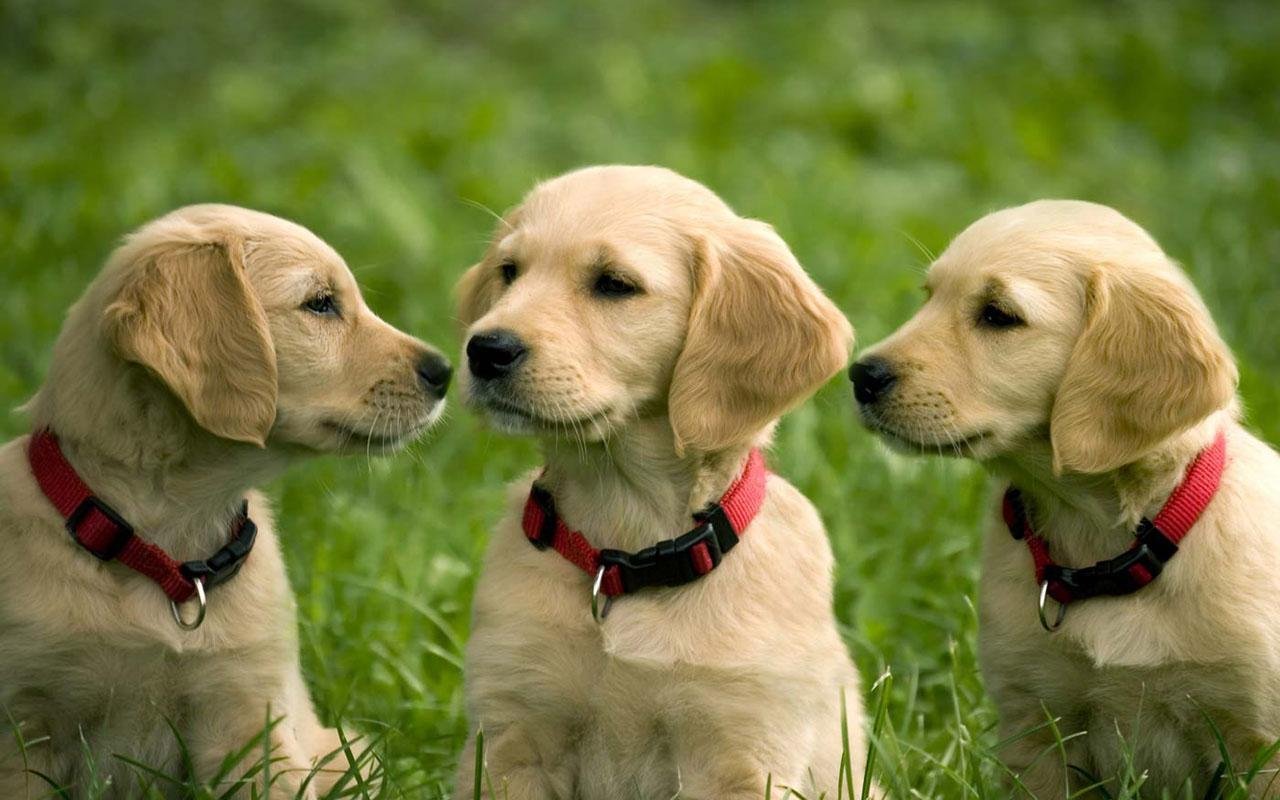
Golden Retrievers are a crossbreed resulting from the mating of the now-extinct Yellow Retriever with the Tweed Water Spaniel, Irish Setter, and Bloodhound. Their genetics have been fine-tuned to emphasize traits such as a double coat for water resistance, strong retrieving instincts, and a calm temperament. They belong to the sporting group and exhibit genetic diversity within their three recognized subtypes:
- British Golden Retrievers: Distinguished by a broader skull and cream-colored coat.
- American Golden Retrievers: Slightly leaner build with a dense, golden coat.
- Canadian Golden Retrievers: Taller and lighter in color compared to the British subtype.
Genetic Traits and Lineage Information

Golden Retrievers owe their distinctive traits to specific genetic markers:
- Coat Genetics:
- The MC1R and TYRP1 genes control the pigmentation of their coat, allowing variations from light cream to deep golden shades. Selective breeding has helped maintain these appealing coat colors over generations.

- Temperament Genes:
- Genetic studies indicate that DRD4 (Dopamine receptor) and OXTR (Oxytocin receptor) play key roles in their calm and friendly disposition, as well as their high trainability and social behavior.
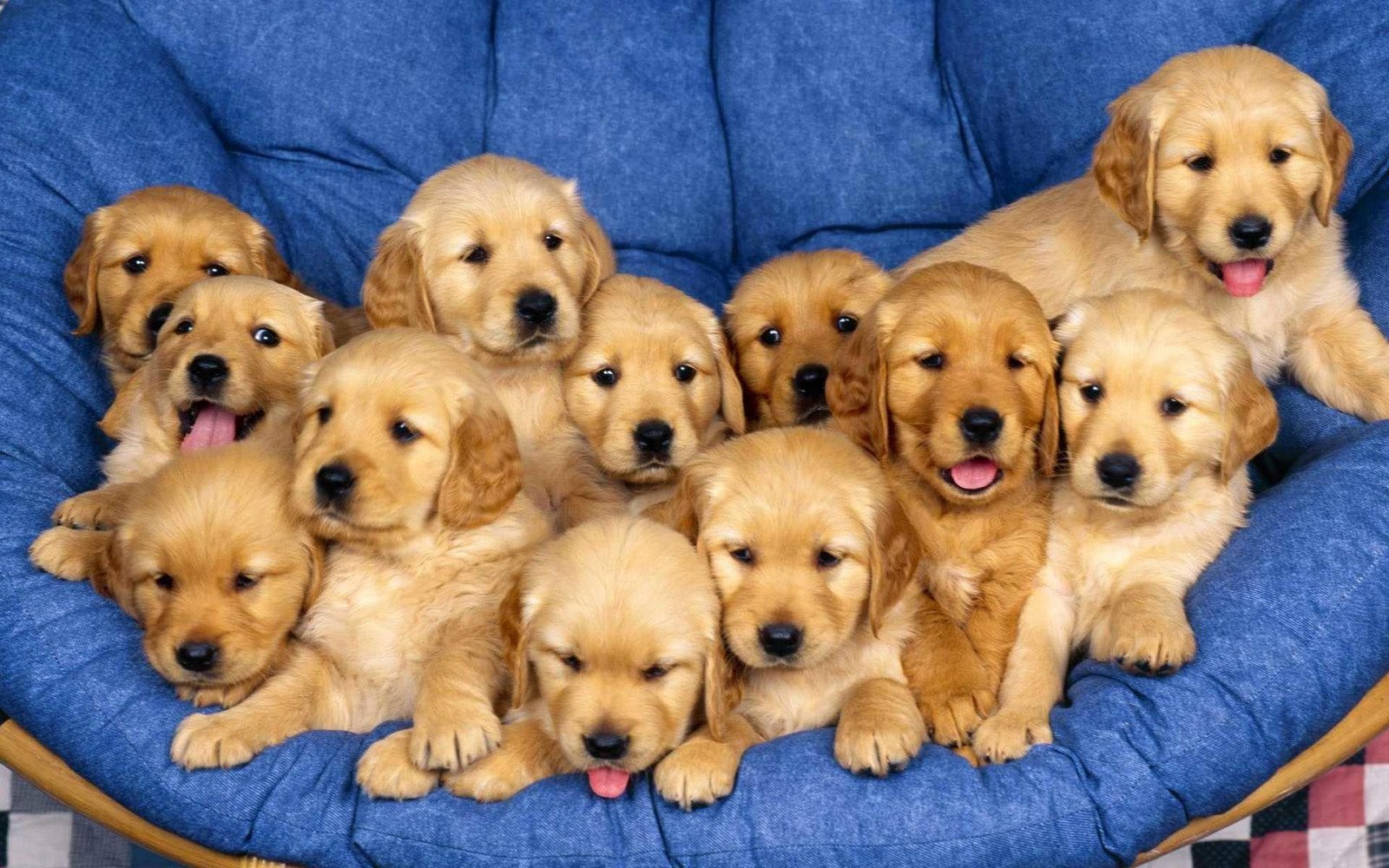
- Health Predispositions:
- Genes such as COL9A2 and COL11A1 have been associated with hip dysplasia, a common ailment in the breed. Additionally, mutations in the ADAMTS10 and BEST1 genes contribute to progressive retinal atrophy (PRA) and cataracts, which are prevalent in Golden Retrievers.
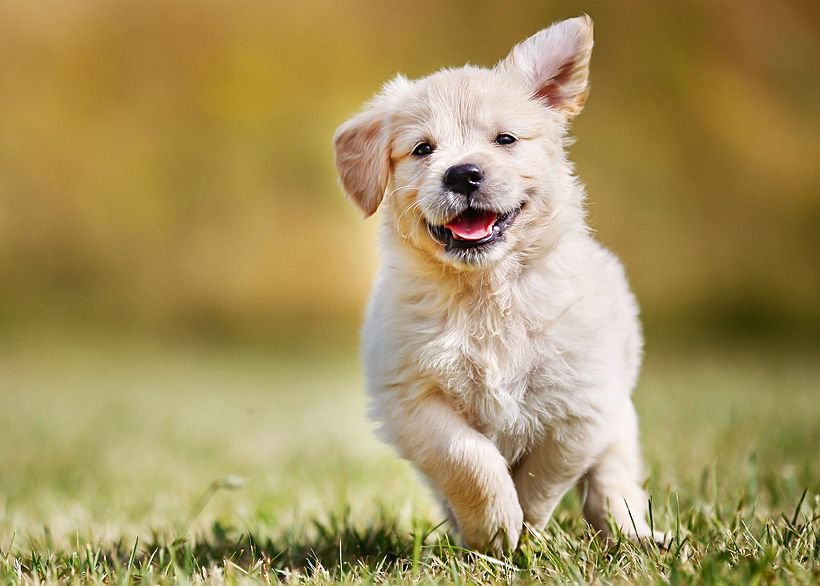
- Lineage Diversity:
- While the breed originated from a deliberate crossbreeding program, genetic testing shows that the three modern subtypes retain subtle variations due to geographic isolation and breeding preferences over time. For example, British Golden Retrievers often carry a higher frequency of genes related to stockier builds and cream-colored coats, while American Golden Retrievers have retained genes for agility and athleticism.
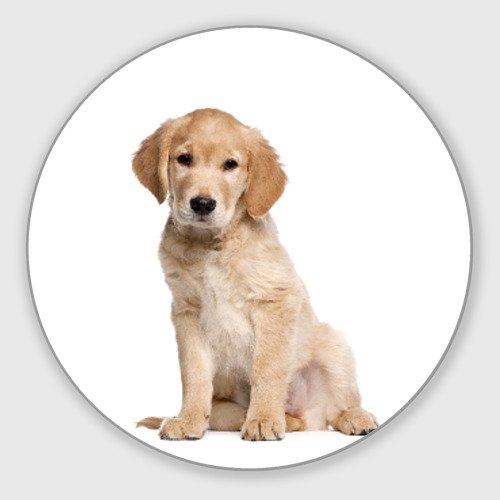
- Cancer Risk Factors:
- Unfortunately, Golden Retrievers have a higher incidence of certain cancers (e.g., hemangiosarcoma and lymphoma) due to hereditary factors. Research is ongoing to identify specific genetic markers associated with these conditions to improve screening and breeding practices.
Genetic Table of Golden Retrievers
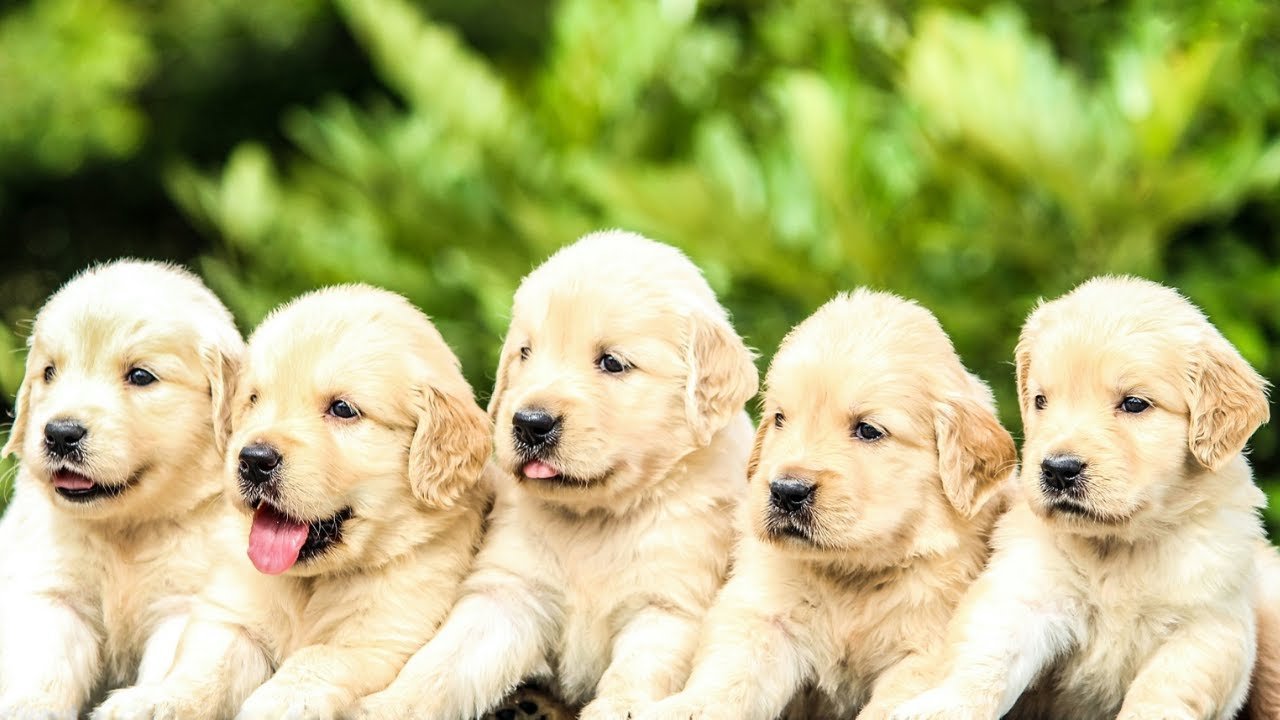
| Trait | Gene | Description |
|---|---|---|
| Coat Color | MC1R, TYRP1 | Determines shades of cream to golden. |
| Double Coat | FGF5 | Provides water resistance and insulation. |
| Hip Dysplasia Susceptibility | COL9A2, COL11A1 | Linked to joint and cartilage development. |
| Eye Health | ADAMTS10, BEST1 | Associated with cataracts and progressive retinal atrophy (PRA). |
| Temperament Traits | DRD4, OXTR | Influence on social behavior and trainability. |
| Cancer Risk | TP53, BRCA1/BRCA2 | Linked to high cancer prevalence in the breed. |
Physical Characteristics
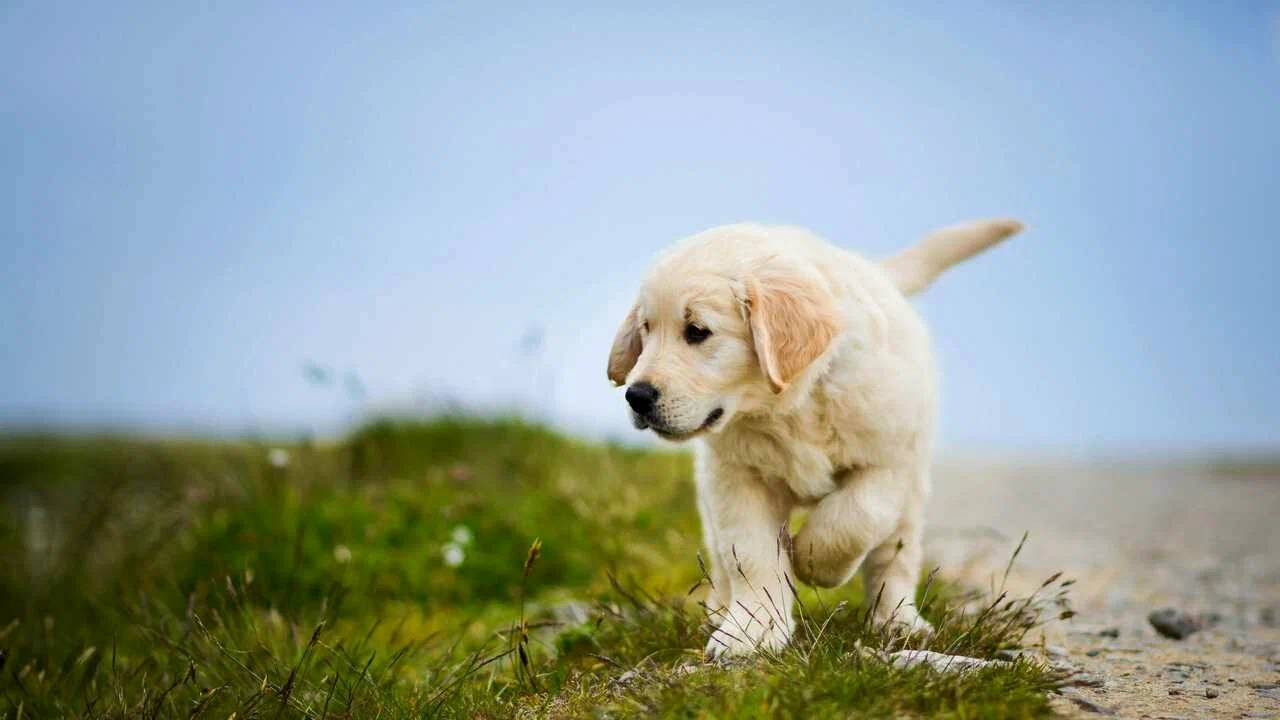
Golden Retrievers are medium-to-large-sized dogs, renowned for their athletic build and strikingly beautiful coat. They exhibit balanced proportions, which make them equally adept as working dogs and companions.
Size and Build
- Males typically weigh between 65-75 pounds and stand 23-24 inches tall at the shoulder.
- Females weigh 55-65 pounds and have a height range of 21.5-22.5 inches.
- Puppies grow quickly, weighing around 10-15 pounds at 8 weeks old, with an eventual growth spurt into their full size by 12-18 months.
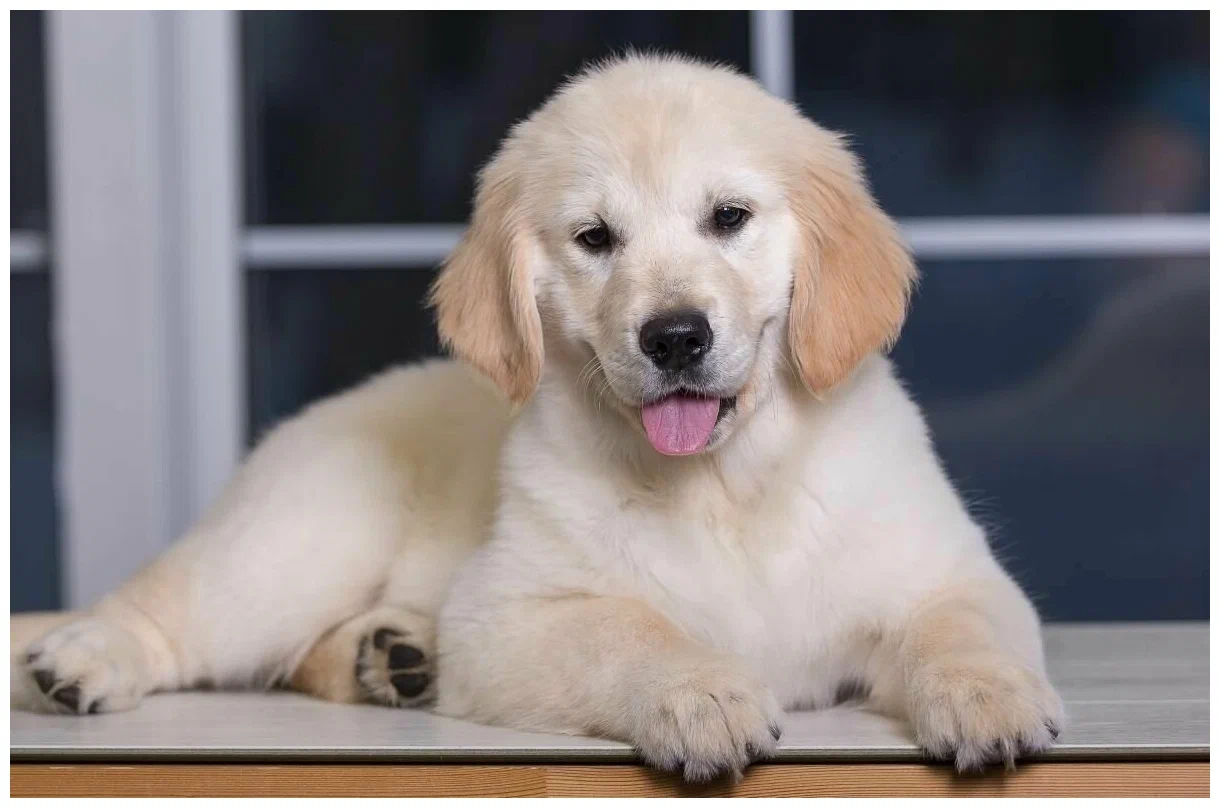
Coat and Color
Golden Retrievers are characterized by their dense, water-resistant double coat:
- The outer coat is smooth or wavy, offering protection from elements like water and debris.
- The undercoat is soft and insulating, keeping them warm in colder climates.
- Coat colors range from light cream to deep golden, with slight feathering on the legs, chest, and tail adding elegance to their appearance.
Head and Expression

Golden Retrievers have a broad, well-defined skull with a straight muzzle and dark, friendly eyes that convey intelligence and kindness. Their medium-sized, pendant ears sit high and hang close to their cheeks, enhancing their gentle appearance.
Movement
Golden Retrievers are known for their fluid, powerful gait. Their well-angulated shoulders and muscular hindquarters enable them to move with a combination of grace and strength, whether sprinting, swimming, or walking alongside their owners.
Physical Characteristics

Table: Height and Weight
| Subcategory | Weight (lbs) | Height (in) |
| Male (Adult) | 65-75 | 23-24 |
| Female (Adult) | 55-65 | 21.5-22.5 |
| Puppy (8 weeks) | 10-15 | 7-9 |
Geographic and Climate-Based Lifespan Variations:
- Temperate Climates (e.g., USA, UK, Canada):
- Lifespan: 10–12 years.
- Golden Retrievers thrive in temperate regions due to their double coat, which insulates them against cold winters and moderate summers. Regular exercise and a balanced diet ensure longevity.
- Hot Climates (e.g., India, Middle East):
- Lifespan: 9–11 years (slightly shorter).
- Heat stress and dehydration can impact their health. Extra care with hydration, grooming to manage shedding, and controlled outdoor activities are crucial.
- Cold Climates (e.g., Scandinavia, Russia):
- Lifespan: 10–13 years.
- Their water-resistant double coat helps them adapt well to colder weather. Joint care is critical in regions with icy conditions to prevent injuries.
- High Altitudes (e.g., mountainous regions):
- Lifespan: 9–12 years.
- Increased risk of respiratory and cardiovascular strain due to lower oxygen levels. Limited strenuous activities at high altitudes are advised.
Geographic Factors Influencing Health:

- Access to Veterinary Care: Developed countries with advanced veterinary care see healthier Golden Retrievers with longer lifespans.
- Diet and Nutrition: Regions with access to premium dog food tailored to the breed’s needs have a significant positive impact on lifespan.
- Genetic Diversity: Overbreeding in some regions leads to higher genetic predispositions to diseases, reducing lifespan.
Biologically Life Span
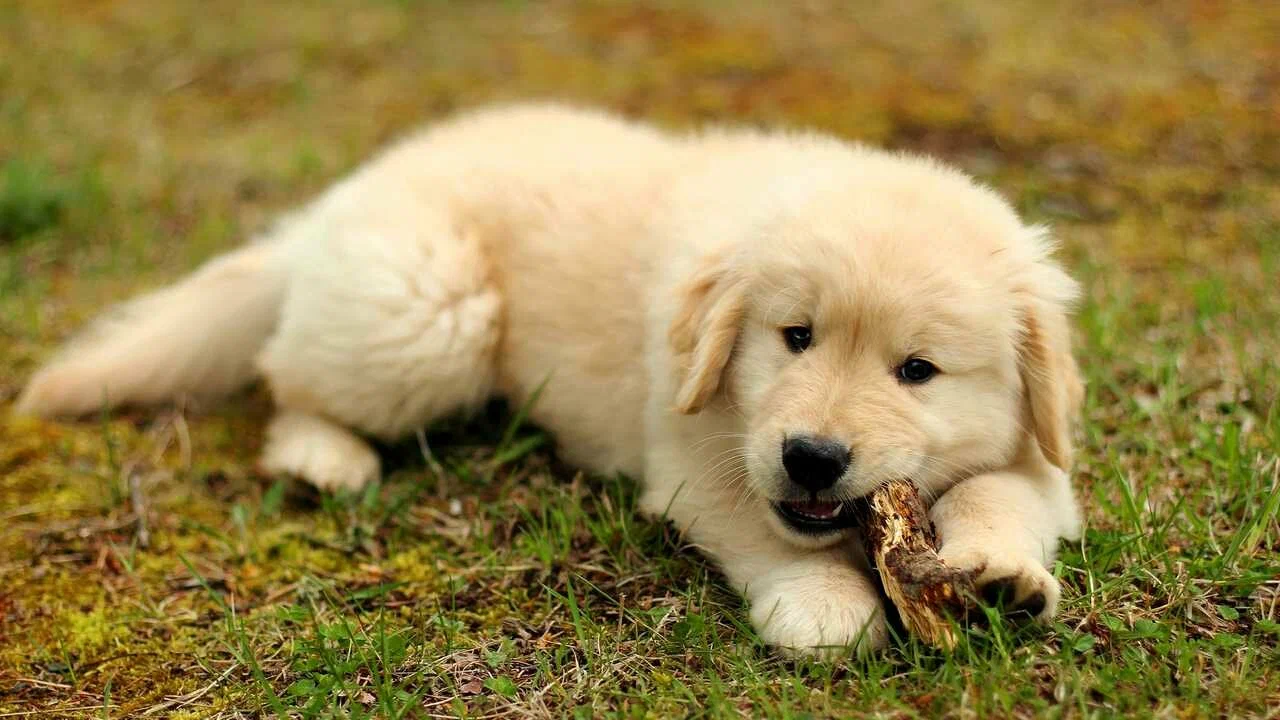
Golden Retrievers typically live 10-12 years. Their lifespan is influenced by factors such as genetics, diet, and exercise.
Table: Life Stages
| Life Stage | Age Range | Description |
| Puppy | 0-1 year | Rapid growth, socialization, and training phase. |
| Adolescent | 1-2 years | Energetic and playful, with maturing behavior. |
| Adult | 2-7 years | Full physical and behavioral maturity. |
| Senior | 8+ years | Reduced activity, potential onset of age-related health issues. |
Golden Retrievers are prone to certain diseases due to their genetics, physiology, and lifestyle. Below is a detailed description of the most common conditions, their causes, preventive measures, and assumptions.
1. Hip Dysplasia

- Description: A genetic condition where the hip joint doesn’t fit properly into the socket, causing pain, arthritis, and reduced mobility.
- Causes:
- Genetic predisposition.
- Rapid growth during the puppy stage.
- Excessive weight or lack of exercise exacerbates symptoms.
- Prevention:
- Controlled exercise during growth stages.
- Feeding a diet designed for large-breed puppies to prevent rapid growth.
- Regular vet checkups for early detection.
- Assumptions: Dogs with balanced diets and proper exercise are less likely to show severe symptoms even if genetically predisposed.
2. Progressive Retinal Atrophy (PRA)

- Description: A hereditary degenerative condition of the retina that leads to blindness.
- Causes:
- Genetic mutations in the ADAMTS10 or BEST1 genes.
- Lack of genetic screening before breeding.
- Prevention:
- Conducting genetic testing for breeding dogs.
- Routine eye exams for early diagnosis.
- Assumptions: PRA cannot be cured, but its progression can be managed with supportive care.
3. Cancer (Hemangiosarcoma, Lymphoma, Mast Cell Tumors)
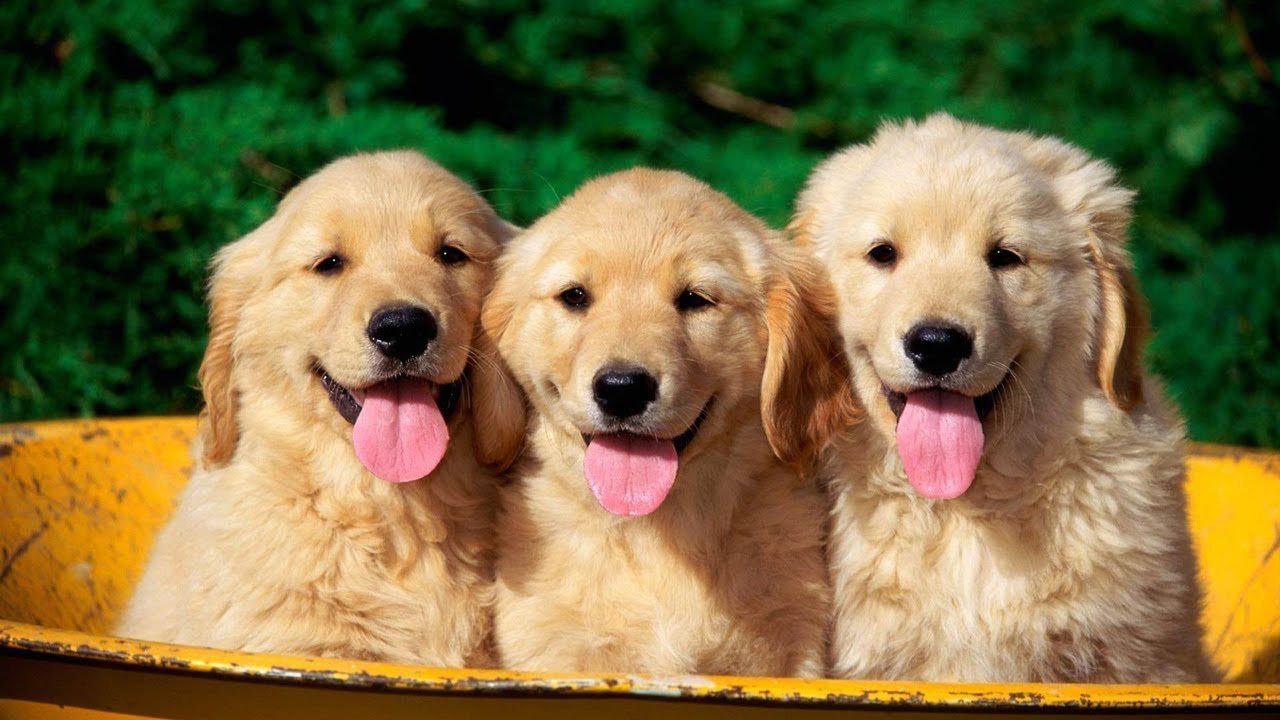
- Description: Golden Retrievers have one of the highest incidences of cancer among all breeds.
- Causes:
- Genetic predisposition.
- Environmental factors, such as exposure to toxins.
- Aging increases the likelihood of mutations leading to cancer.
- Prevention:
- Regular veterinary screenings (e.g., blood tests, ultrasounds).
- Avoiding exposure to known carcinogens (e.g., pesticides).
- Assumptions: Early detection improves treatment outcomes but does not guarantee a cure.
4. Ear Infections
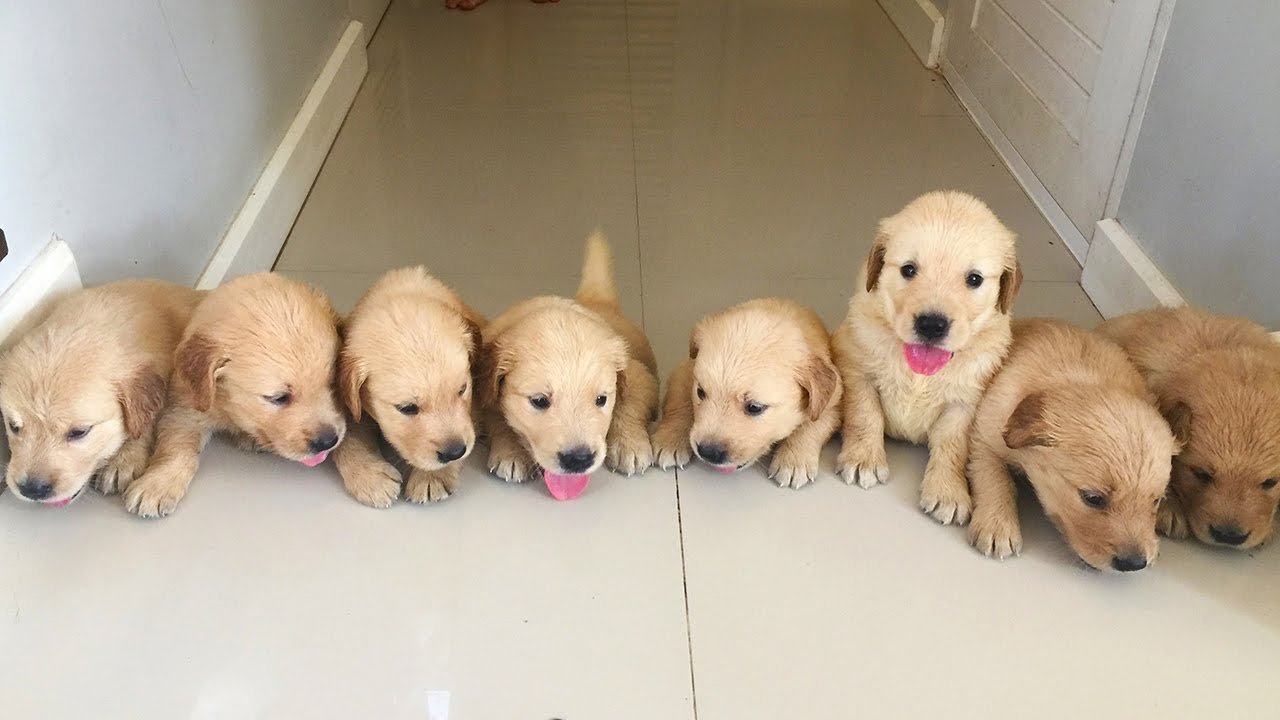
- Description: Floppy ears trap moisture, creating an ideal environment for bacterial or fungal infections.
- Causes:
- Swimming or bathing without proper ear drying.
- Allergies leading to inflammation.
- Poor ear hygiene.
- Prevention:
- Regularly clean ears with vet-recommended solutions.
- Dry ears thoroughly after swimming or bathing.
- Assumptions: Dogs living in humid climates are more susceptible.
5. Obesity

- Description: Excessive weight gain leads to joint issues, diabetes, and heart conditions.
- Causes:
- Overfeeding or free feeding.
- Lack of adequate exercise.
- High-calorie treats and table scraps.
- Prevention:
- Portion-controlled feeding using measured meals.
- Daily physical activities (e.g., walks, playtime).
- Weight monitoring at vet visits.
- Assumptions: Owners who are proactive with diet and exercise can significantly reduce obesity-related health risks.
6. Subaortic Stenosis (SAS)
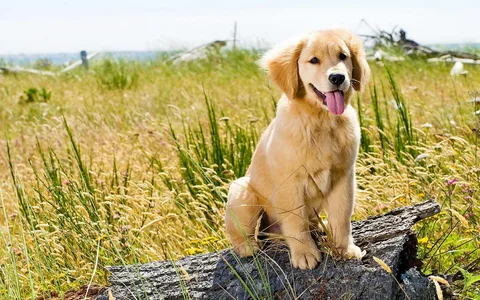
- Description: A hereditary heart condition where blood flow is obstructed due to narrowing below the aortic valve.
- Causes:
- Genetic predisposition.
- Faulty development of the heart during gestation.
- Prevention:
- Screening breeding dogs for SAS.
- Routine cardiac checkups.
- Assumptions: Dogs diagnosed early can lead a relatively normal life with medication and lifestyle adjustments.
7. Hypothyroidism

- Description: A condition where the thyroid gland doesn’t produce enough hormones, leading to weight gain, lethargy, and coat issues.
- Causes:
- Autoimmune destruction of the thyroid gland.
- Genetic susceptibility.
- Prevention:
- Regular blood tests to monitor thyroid levels.
- Ensuring a well-balanced diet.
- Assumptions: Hypothyroidism is easily managed with daily medication.
Summary Table: Common Diseases

| Disease | Description | Prevention/Treatment |
|---|---|---|
| Hip Dysplasia | Malformation of the hip joint causing pain and lameness. | Regular exercise, weight control, surgery in severe cases. |
| Progressive Retinal Atrophy (PRA) | Degenerative eye disease leading to blindness. | Genetic testing before breeding. |
| Cancer (e.g., Hemangiosarcoma, Lymphoma) | High cancer prevalence in this breed. | Routine vet checkups, early detection. |
| Ear Infections | Due to floppy ears and moisture retention. | Regular cleaning, keeping ears dry. |
| Obesity | Prone to overeating and weight gain. | Portion control, regular exercise. |
| Subaortic Stenosis (SAS) | Narrowing of the aorta causing heart issues. | Cardiac screening, medication as needed. |
| Hypothyroidism | Underactive thyroid leading to lethargy and coat issues. | Daily medication, routine thyroid testing. |
Recommendations for Prevention:

- Genetic Screening: Ensure breeders test for hereditary diseases like PRA, SAS, and hip dysplasia.
- Routine Vet Visits: Regular health checkups help catch diseases early.
- Diet and Exercise: Balanced nutrition and regular physical activity are essential for overall health.
- Owner Education: Understanding the breed’s health needs ensures a proactive approach to care.
Solutions and Resources
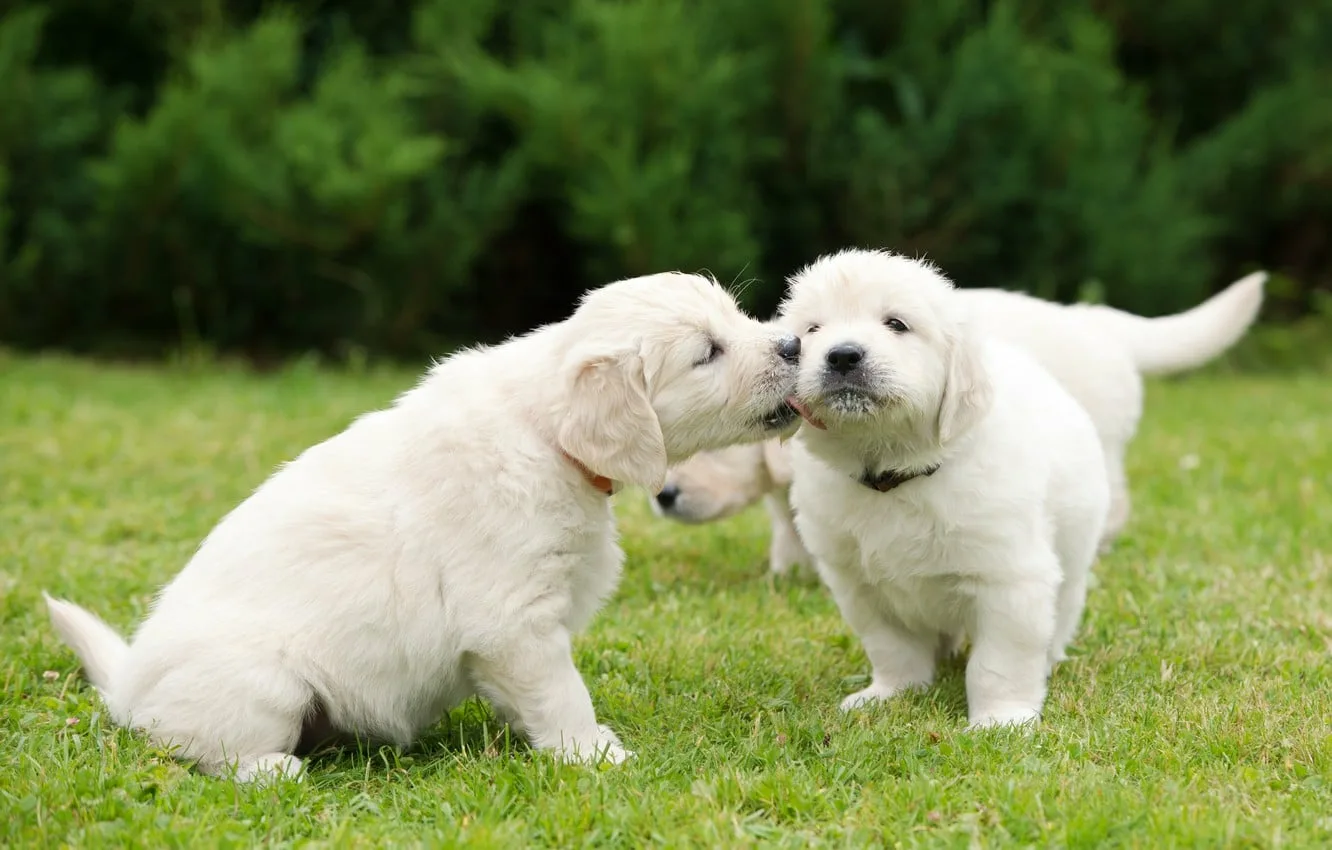
- Genetic Testing: Identify and mitigate hereditary health risks.
- Diet: Provide a high-quality, balanced diet tailored to life stage.
- Exercise: Ensure daily walks and activities to maintain physical and mental health.
- Regular Vet Visits: Early detection of diseases is crucial.
Helpful URLs
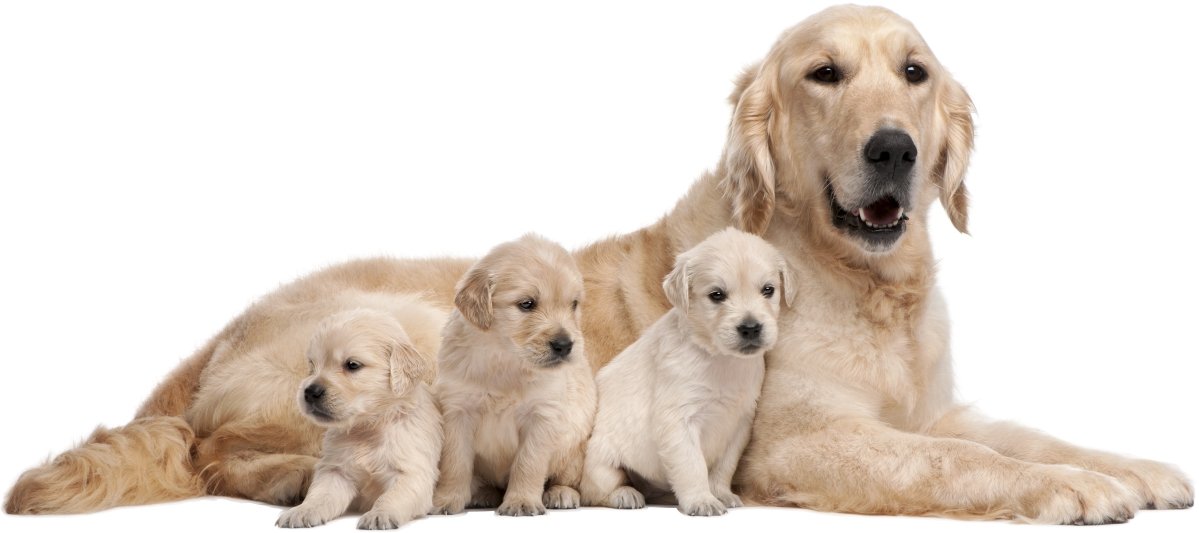
Golden Retriever Puppies: Genetics, Health Care
- American Kennel Club (AKC) Golden Retriever Page
- Golden Retriever Health Foundation
- PetMD Golden Retriever Guide
Recommended Books

- “The Art of Raising a Puppy” by The Monks of New Skete
- “Golden Retrievers for Dummies” by Nona Kilgore Bauer
- “Your Golden Retriever Puppy Month by Month” by Terry Albert
FAQs
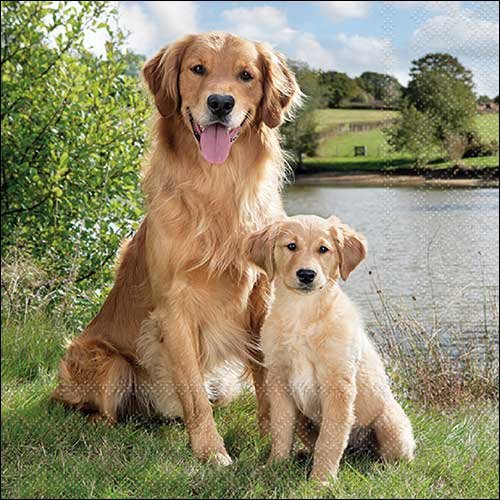
Q1: How often should I groom my Golden Retriever puppy?
Golden Retrievers should be brushed 3-4 times a week to minimize shedding and maintain a healthy coat.
Q2: At what age should Golden Retriever puppies be spayed or neutered?
Consult your veterinarian, but typically between 12-18 months for optimal health benefits.
Q3: Are Golden Retrievers good with children?
Yes, they are known for their friendly and gentle demeanor, making them excellent family dogs.
Latest Research Summary on Golden Retrievers

Golden Retrievers have been the subject of significant research in recent years due to their popularity and unique genetic predispositions. Below is an overview of the latest findings:
1. Increased Cancer Prevalence
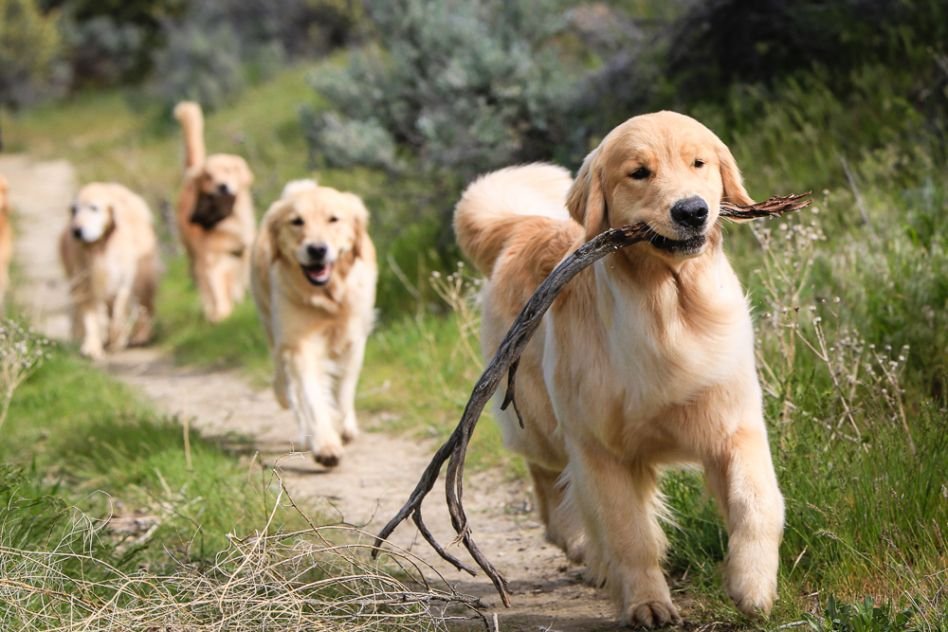
- Research Highlights:
- A 2023 study by the Golden Retriever Lifetime Study (GRLS), involving over 3,000 dogs, confirmed that cancer remains the leading cause of death among Golden Retrievers, with nearly 60% of the breed developing the condition.
- The most common types include hemangiosarcoma, lymphoma, and mast cell tumors.
- Researchers have identified specific genetic mutations, such as in the TP53 (tumor suppressor) gene, which may contribute to the breed’s susceptibility.
- Significance:
- Early detection strategies, such as regular ultrasounds and bloodwork, are being encouraged.
- Research is ongoing to develop gene-editing techniques and tailored treatments, such as immunotherapy, to combat these cancers.
2. Genetics of Hip Dysplasia

- Research Highlights:
- A 2022 genetic study conducted by Cornell University identified new markers linked to hip dysplasia, including mutations in the COL9A2 and COL11A1 genes.
- The study confirmed that environmental factors like weight gain and improper exercise during a puppy’s growth phase exacerbate symptoms.
- Significance:
- Breeding programs are now incorporating advanced genetic screening tools to reduce the prevalence of hip dysplasia in Golden Retrievers.
- Owners are advised to manage weight and exercise carefully, particularly during the first 18 months of life.
3. Eye Health and Progressive Retinal Atrophy (PRA)
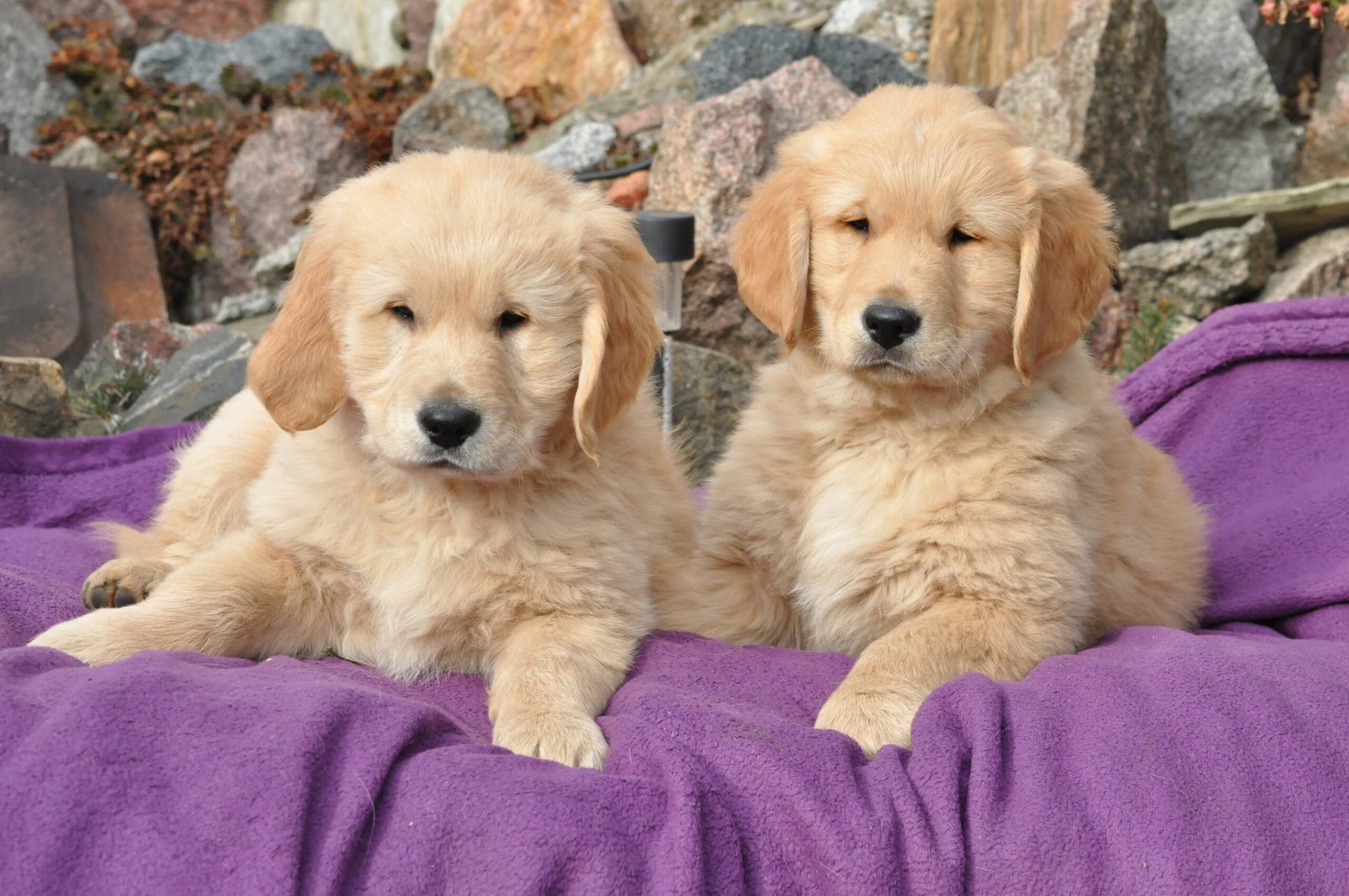
- Research Highlights:
- A 2021 study from the University of Pennsylvania School of Veterinary Medicine identified two novel mutations in the BEST1 gene that are linked to PRA.
- PRA was found to progress faster in dogs living in regions with higher UV exposure, suggesting a potential environmental component to disease development.
- Significance:
- Advances in genetic testing now allow breeders to screen for PRA-related mutations, significantly reducing the number of affected puppies.
- Protective measures, such as UV-blocking dog goggles for outdoor activities, have been recommended in high-UV regions.
4. Obesity and Its Impact on Lifespan
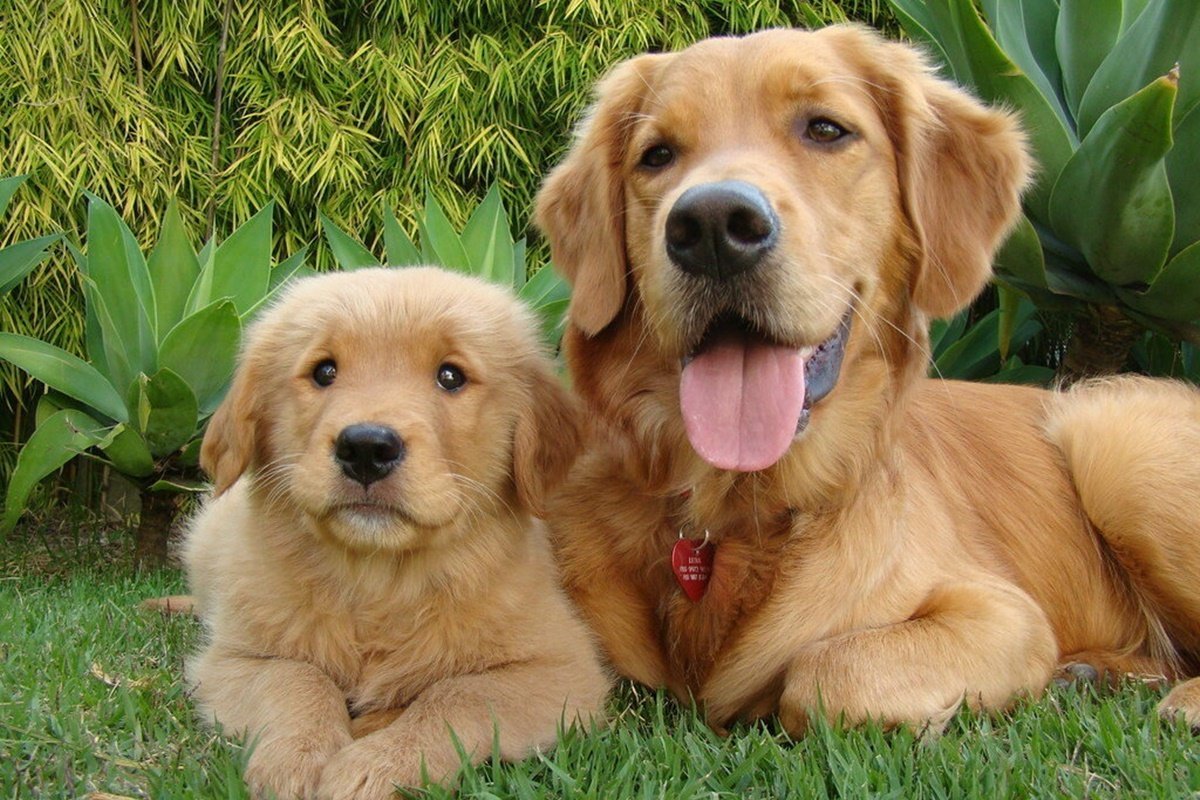
- Research Highlights:
- A long-term study by Purdue University (published in 2022) revealed that obesity shortens a Golden Retriever’s lifespan by an average of 2 years.
- The study also found that nearly 40% of pet Golden Retrievers are overweight due to improper portion sizes and lack of exercise.
- Significance:
- Veterinarians are advocating for the use of body condition scoring (BCS) systems and portion-controlled feeding to maintain optimal weight.
- Nutritional research is focusing on formulating diets tailored to Golden Retrievers’ unique needs, especially those prone to obesity.
5. Advancements in Genetic Testing

- Research Highlights:
- The Canine Health Foundation (CHF) published a breakthrough in 2023, creating a comprehensive genetic panel specifically for Golden Retrievers.
- This panel screens for over 20 conditions, including cancer markers, PRA, and hip dysplasia susceptibility genes.
- Significance:
- This tool allows breeders and owners to make informed decisions about health management and breeding practices.
- Early identification of genetic risks is improving treatment outcomes for diseases like heart conditions and eye disorders.
References

- Golden Retriever Lifetime Study: www.morrisanimalfoundation.org
- Cornell University Hip Dysplasia Study: www.vet.cornell.edu
- University of Pennsylvania PRA Research: www.vet.upenn.edu
- Canine Health Foundation Research: www.akcchf.org
- Purdue University Obesity Study: www.purdue.edu
If you’d like more detail on any specific research study or want me to expand on emerging therapies and technologies, let me know!
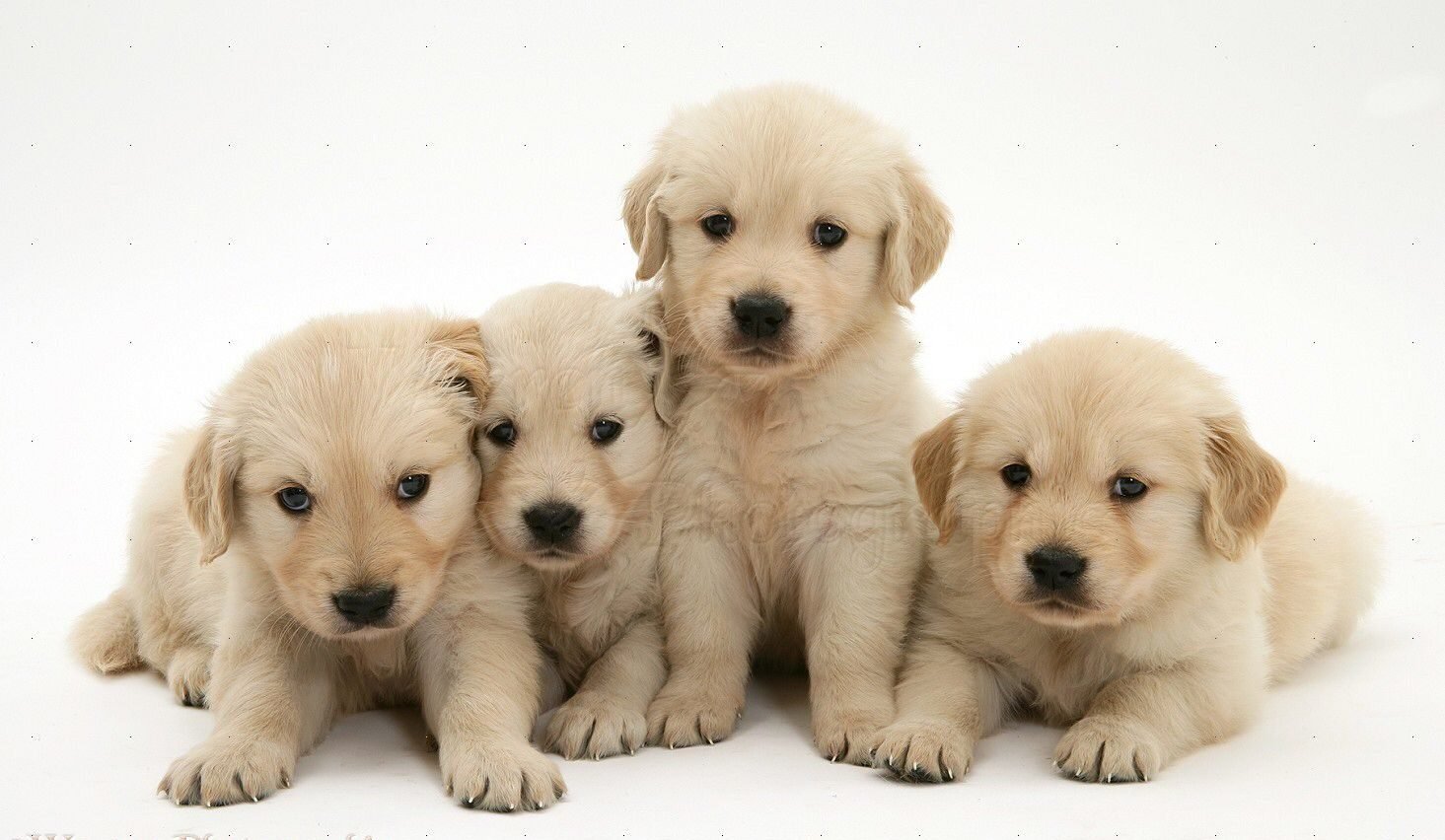
Working Breeds
German Shepherd Lifestyle Mastery: Daily Routines of a Balanced Champion
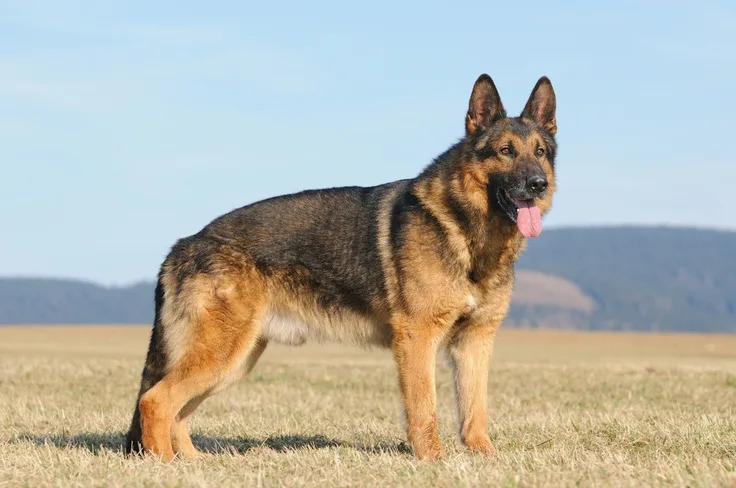
📢 This is Part 17 of the German Shepherd Series on DogsReader

Discover the complete mastery series and build your German Shepherd’s life the elite way.
🐶 Visit: www.dogsreader.com
📩 Ask our 24/7 Dog Chatbot anything – trained with official AKC knowledge!
📧 Contact: dogsreaders@gmail.com
📱 Follow us on Facebook & Instagram
▶️ [Subscribe to us on YouTube | Facebook | Instagram |
🐾 Introduction: A Champion’s Life is Built Daily
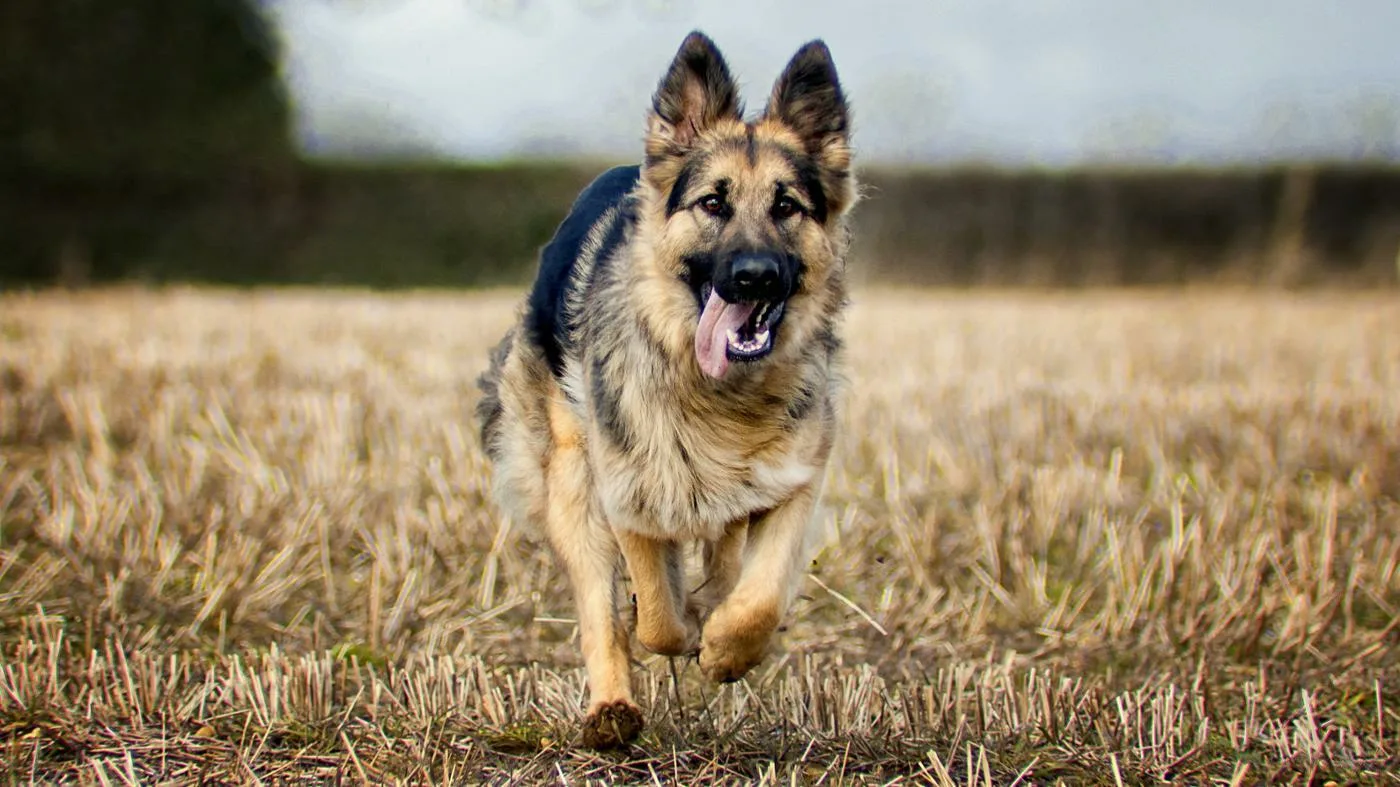
German Shepherd Lifestyle Mastery: Behind every confident, balanced, and sharp German Shepherd lies a lifestyle shaped by consistency. Whether your dog is destined for family protection, therapy work, K9 units, or a calm companion life, the daily routine you establish plays the most vital role.
This article explores the ideal daily lifestyle routines of German Shepherds—puppies, adults, and seniors—customized by age, climate, and urban vs rural living. We’ll uncover the physical, mental, and emotional needs across each part of the day and help you build a balanced, happy life for your GSD.
🌞 Morning Routine: Foundation of Focus & Energy

| Age Group | Key Elements | Sample Activities |
|---|---|---|
| Puppy | Gentle wake-up, potty, light movement | Outdoor sniffing walk (10–15 mins), stretching games |
| Adult | Structured start, energy release | Jog or fetch session (20–30 mins), scent drills |
| Senior | Slow movement, joint-friendly activities | Short leash walk, soft massage, light obedience |
Country Climate Tips:
- Cold (Canada, Germany): Use jackets, warm water drink, indoor stretching.
- Hot (India, UAE): Very early walk, hydration before/after, paw balm.
- Mild (UK, Japan): Outdoor games with sunlight exposure.
🧠 Midday Engagement: Mental Fitness & Bonding
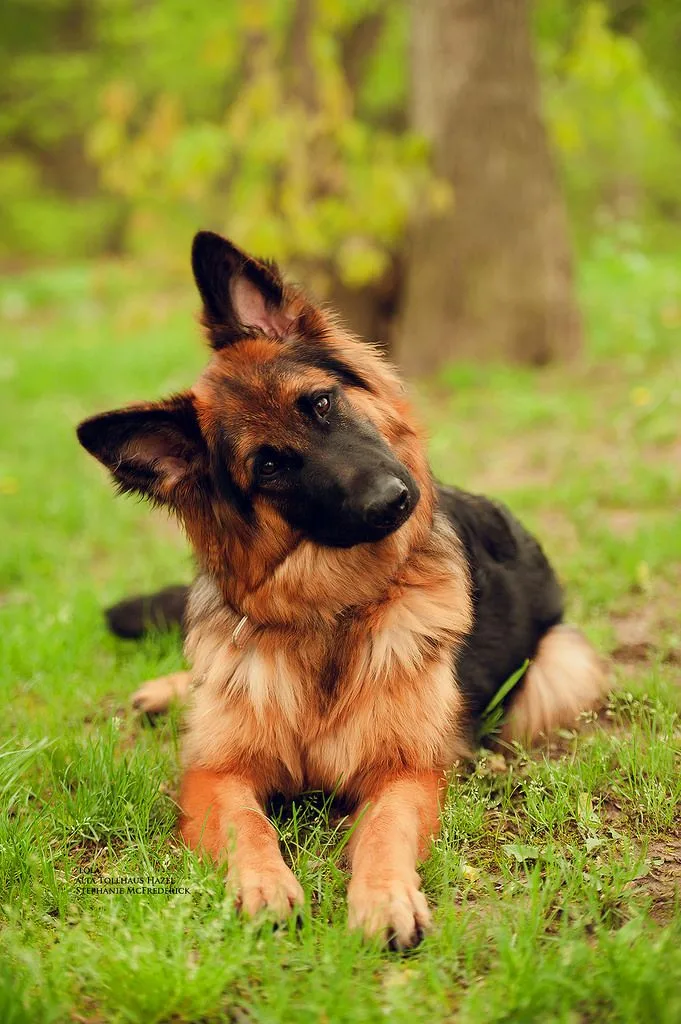
| Age Group | Focus Area | Sample Activities |
| Puppy | Cognitive growth | Name recall, puzzle toys, crate time |
| Adult | Purposeful stimulation | Scent tracking, command polishing, new tricks |
| Senior | Brain health | Slow command repetition, hidden object game |
Urban Tip: Use indoor brain games or enrichment mats.
Rural Tip: Utilize natural obstacles, farm play, long leads.
🦴 Afternoon Balance: Rest, Recovery & Passive Stimulation
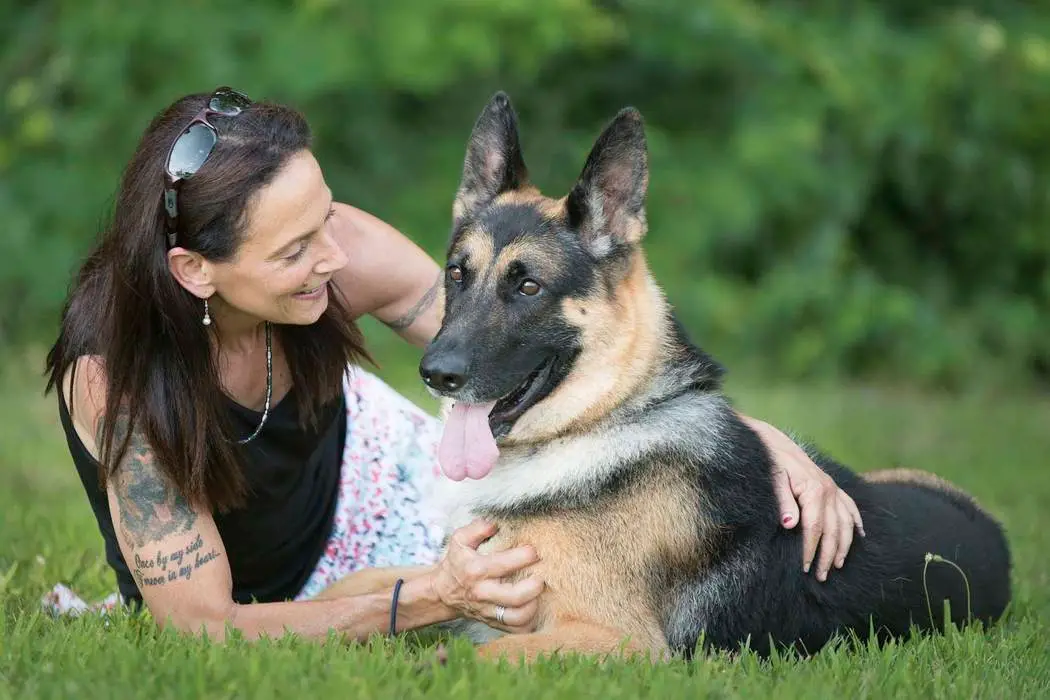
| Ideal Elements | Examples |
| Nap Time | Encourage calm crate/bedtime after food |
| Chew Time | Safe bones, frozen treats, antler chews |
| Social Time | Interaction with calm dogs, family children |
📌 Avoid heavy activities during peak afternoon heat in tropical countries.
🌇 Evening Routine: Wind Down the Champion
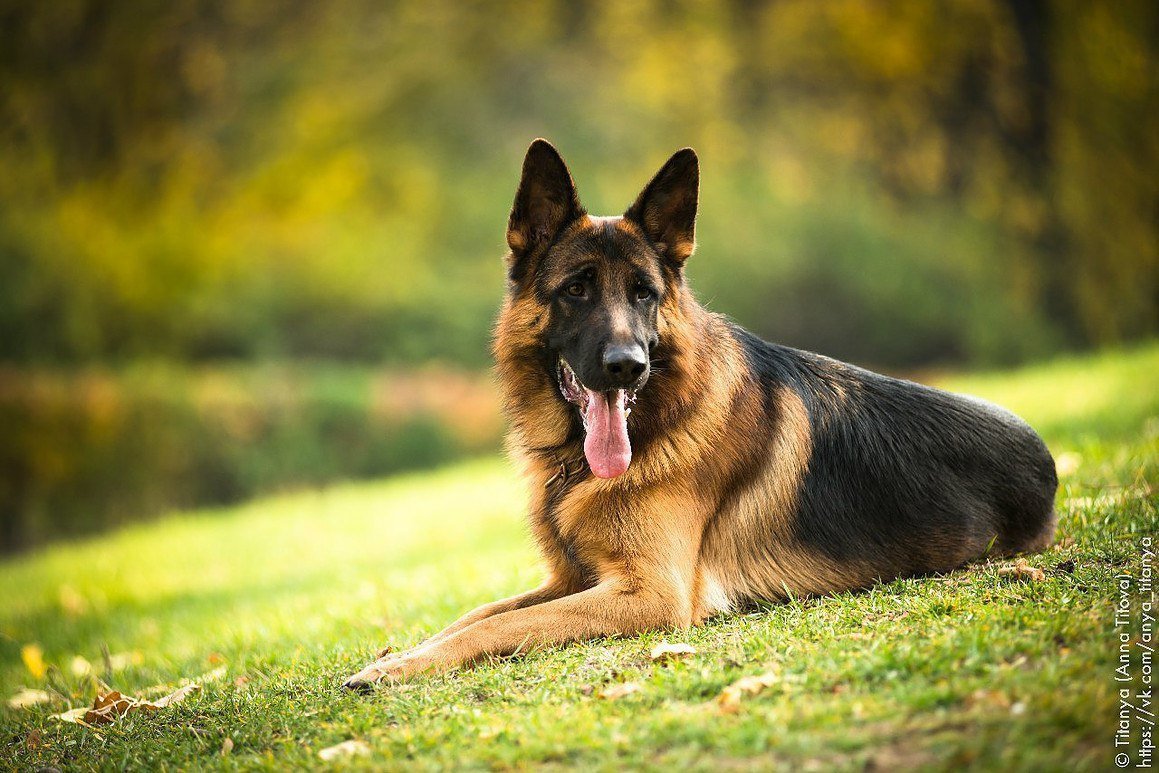
| Age Group | Activities | Duration |
| Puppy | Short leash walk, soft play | 15–20 mins |
| Adult | Obedience drills, family bonding | 30–45 mins |
| Senior | Grass walk, gentle massage | 20–30 mins |
Tips by Season:
- Summer: Evening walks help release pent-up heat.
- Winter: Light inside play to avoid icy roads.
- Spring/Autumn: Great for longer walks and reflection time.
🛌 Night Routine: Secure Sleep & Emotional Reset

- Clean paws and check joints.
- Light brushing (helps bonding).
- Quiet space with soft bedding.
- Soothing music or diffuser (lavender, vet-approved oils).
- Final potty break before sleep.
Puppy Tip: Use a heartbeat toy or warm water bag to calm them.
Senior Tip: Orthopedic beds + calming chews.
🌍 Country-Based: Lifestyle Modifications

| Region | Lifestyle Tip |
| Urban USA | Short, frequent walks + indoor games |
| Rural Australia | Livestock watching + long scent walks |
| Tropical India | More indoor play, water breaks, wet towels to cool |
| Snowy Norway | Treadmill walks, paw wax, heated jackets |
📅 Sample Daily Routine by Age & Lifestyle

🐶 Puppy (Urban – India)
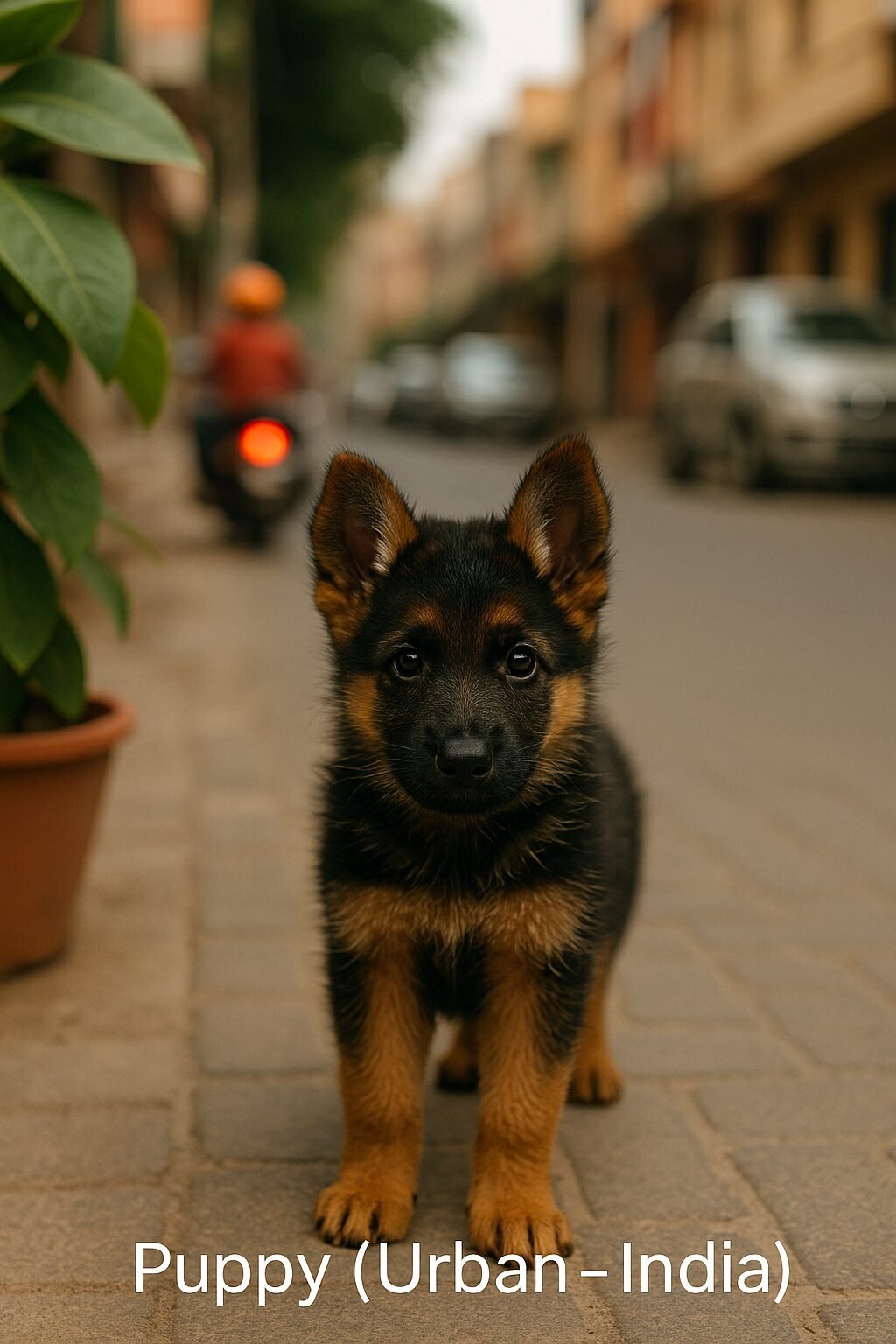
- 6:30 AM: Potty + short sniff walk
- 8:00 AM: Play + basic obedience
- 10:30 AM: Nap + chew toy
- 1:00 PM: Food + brain game
- 4:00 PM: Light play + potty
- 7:00 PM: Calm walk + family cuddle
- 9:00 PM: Potty + sleep
🐕 Adult (Rural – Canada)
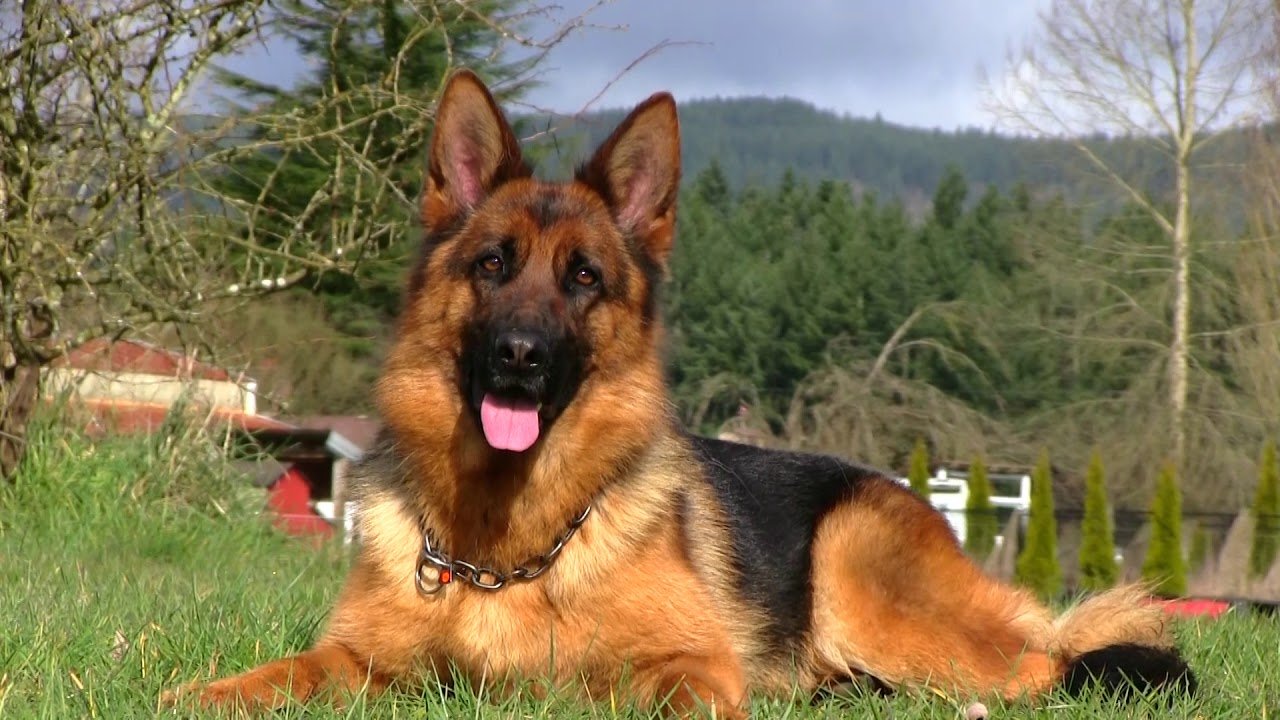
- 7:00 AM: Jog + training session
- 9:00 AM: Feed + rest
- 12:00 PM: Fetch + scent game
- 3:00 PM: Obstacle training
- 6:00 PM: Hiking trail or woods play
- 9:00 PM: Cool down + rest
🐾 Senior (Urban – UK)
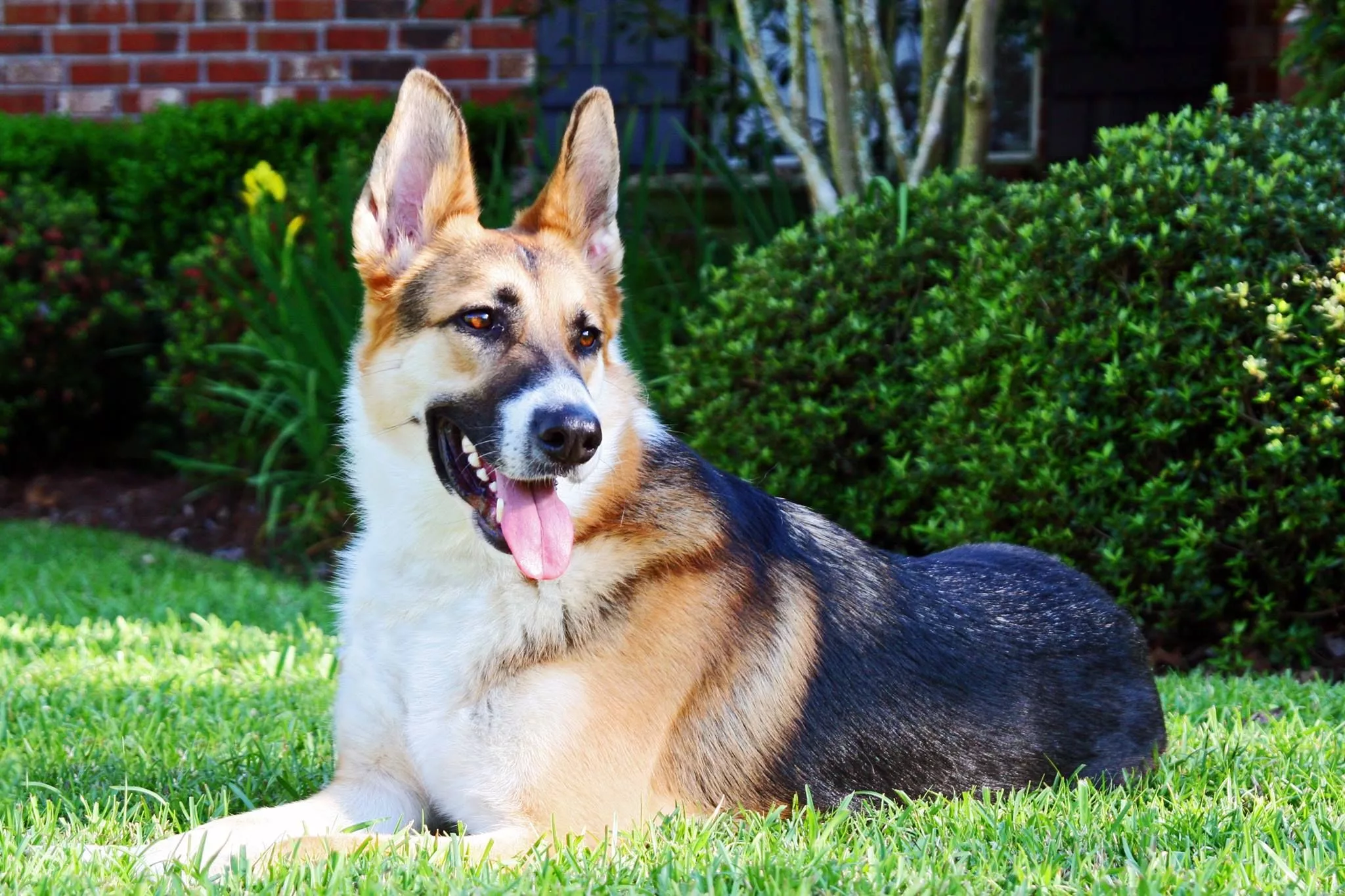
- 7:30 AM: Leash walk + fresh water
- 9:30 AM: Food + chew treat
- 12:30 PM: Nap + cuddle time
- 4:00 PM: Find-the-treat game
- 7:00 PM: Short walk + massage
- 9:00 PM: Sleep
❗ Lifestyle Red Flags
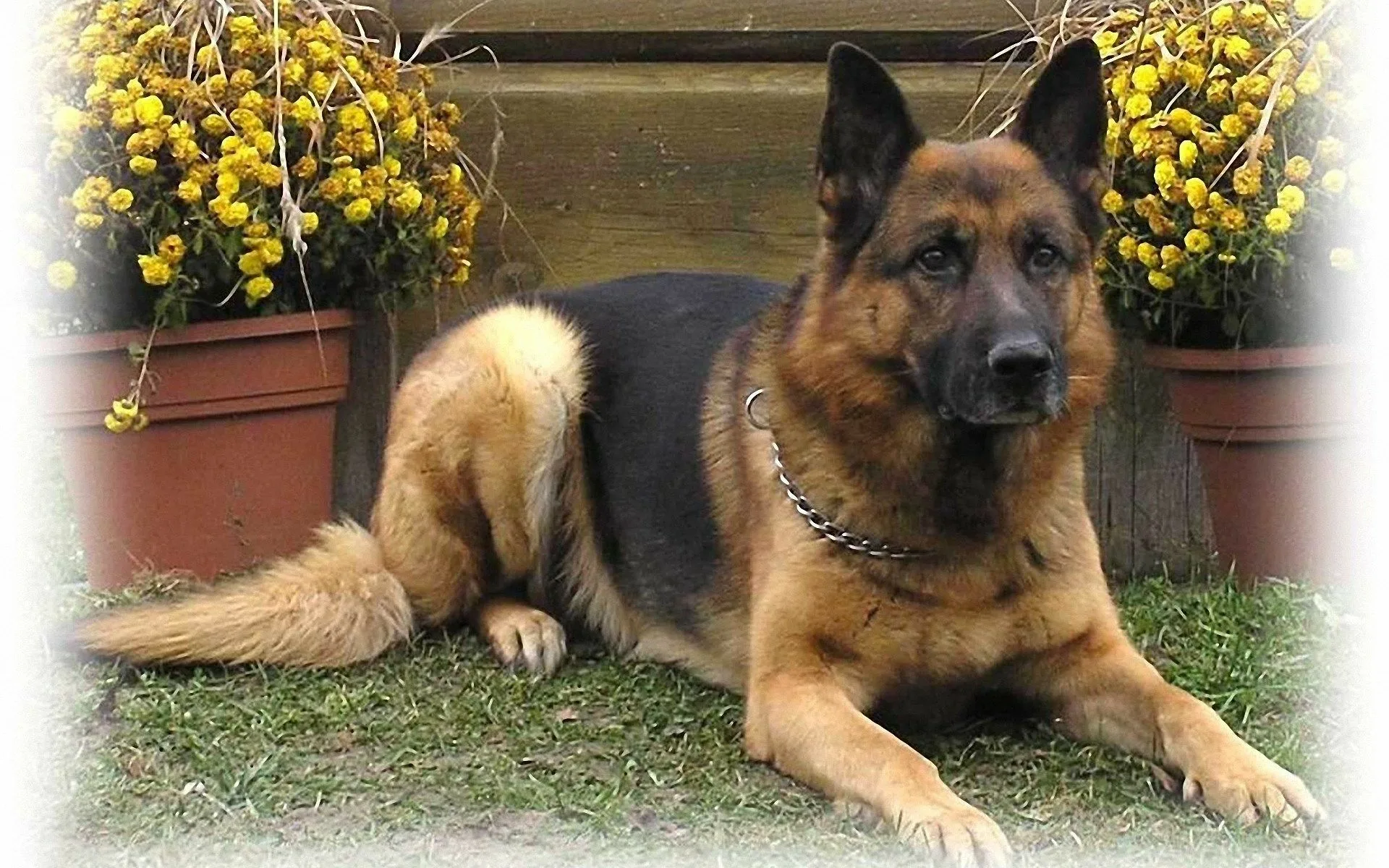
- Sudden laziness or restlessness
- Destructive chewing or digging
- Excessive barking or whining
- Irritation with daily activities
- Lack of appetite after inactivity
These may indicate boredom, stress, illness, or an unbalanced routine. Adjust quickly.
Closing Statement: A Routine that Builds a Legacy
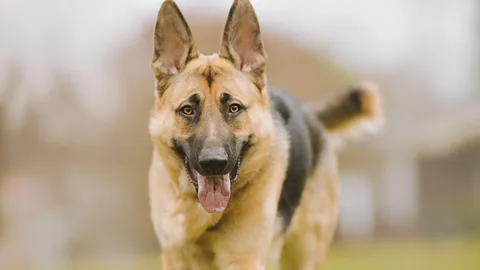
A champion isn’t made overnight. It’s crafted day by day. By giving your German Shepherd a structured, mindful, climate-conscious routine, you unlock their best self. They don’t just perform better—they live better.
This article is your blueprint to a thriving German Shepherd lifestyle.
📌 (FAQs)
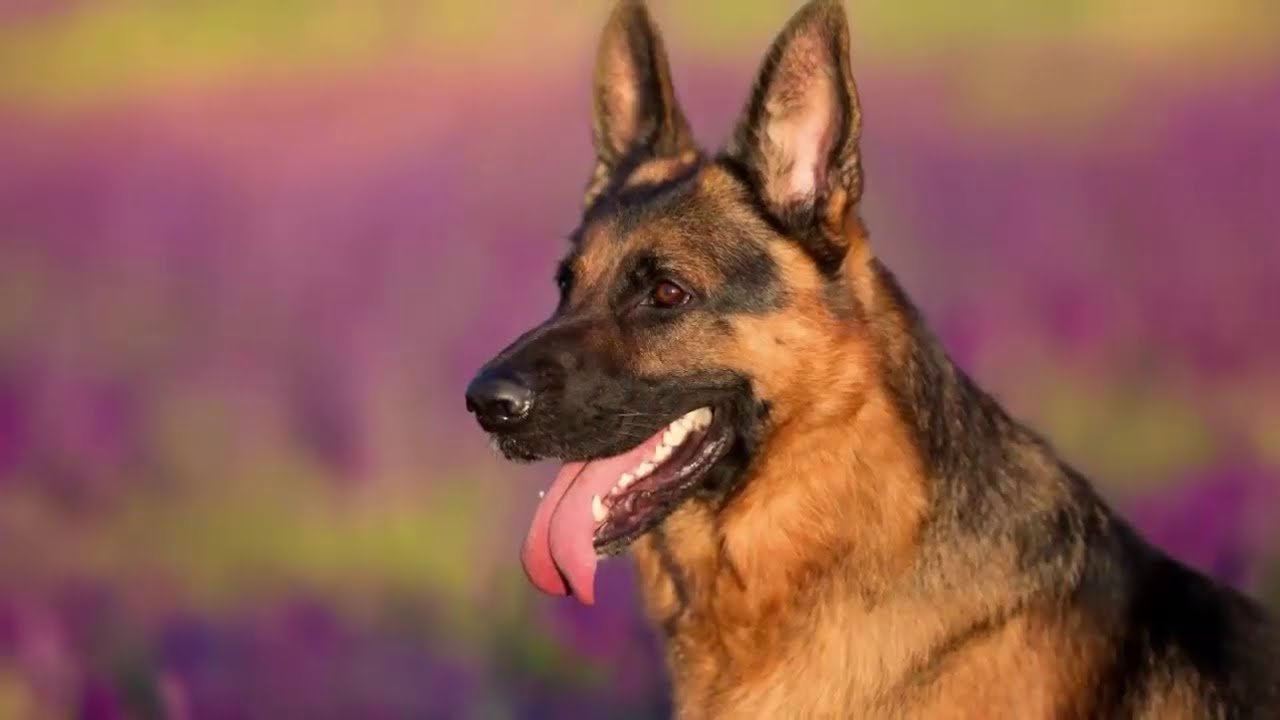
❓ What is the ideal daily routine for a German Shepherd?
A well-balanced German Shepherd routine includes early morning exercise, midday mental stimulation, afternoon rest with enrichment activities, and a calming evening session. The routine must be adjusted based on the dog’s age (puppy, adult, senior), your climate, and urban vs. rural environment.
❓ How many hours of exercise does a German Shepherd need each day?
German Shepherd Lifestyle Mastery: Adult German Shepherds typically need 1.5 to 2 hours of exercise per day. Puppies require shorter, multiple sessions, while seniors need gentle movement like short walks or joint-friendly play for 30–45 minutes total.
❓ What time should I walk my German Shepherd in hot countries?
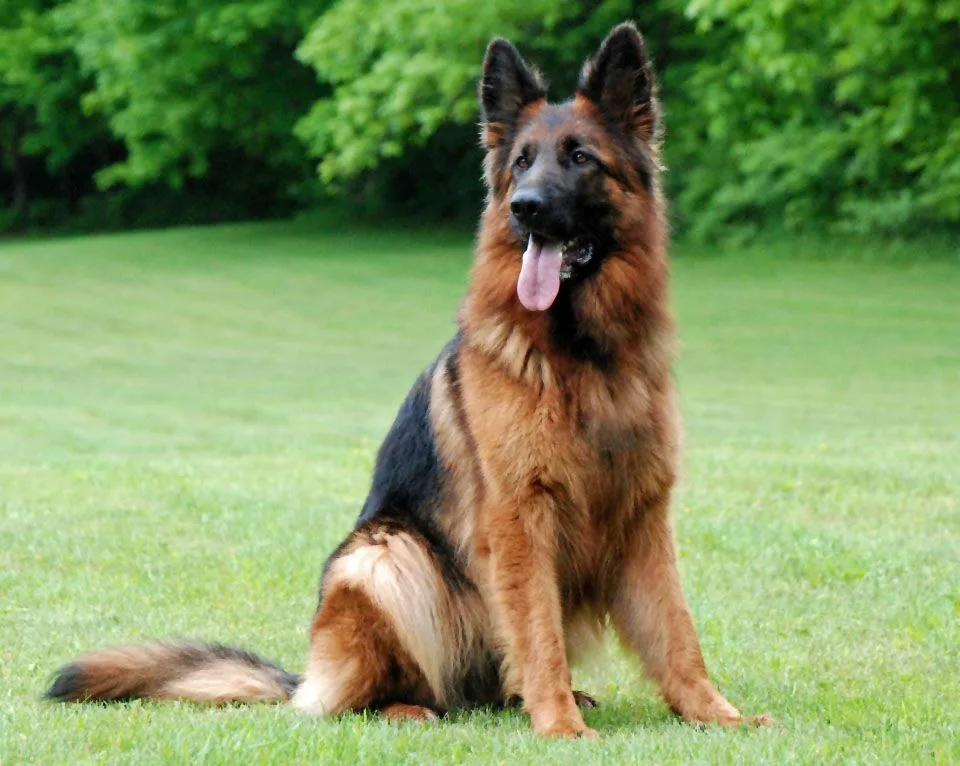
In tropical countries like India or UAE, walk your German Shepherd early in the morning (before 8 AM) and after sunset to avoid heatstroke. Midday activity should be avoided due to extreme heat.
❓ How can I mentally stimulate my German Shepherd during the day?
Use scent work, puzzle toys, obedience drills, command reinforcement, and hidden treat games. This builds mental strength and prevents boredom-related behavior like digging or barking.
❓ What is a good sleep schedule for German Shepherds?
German Shepherds need 12–14 hours of sleep daily. Puppies may sleep up to 18 hours. Ensure a quiet, clean, comfortable sleeping area, and avoid overstimulation late at night.
❓ How do I adjust my German Shepherd’s lifestyle for winter?
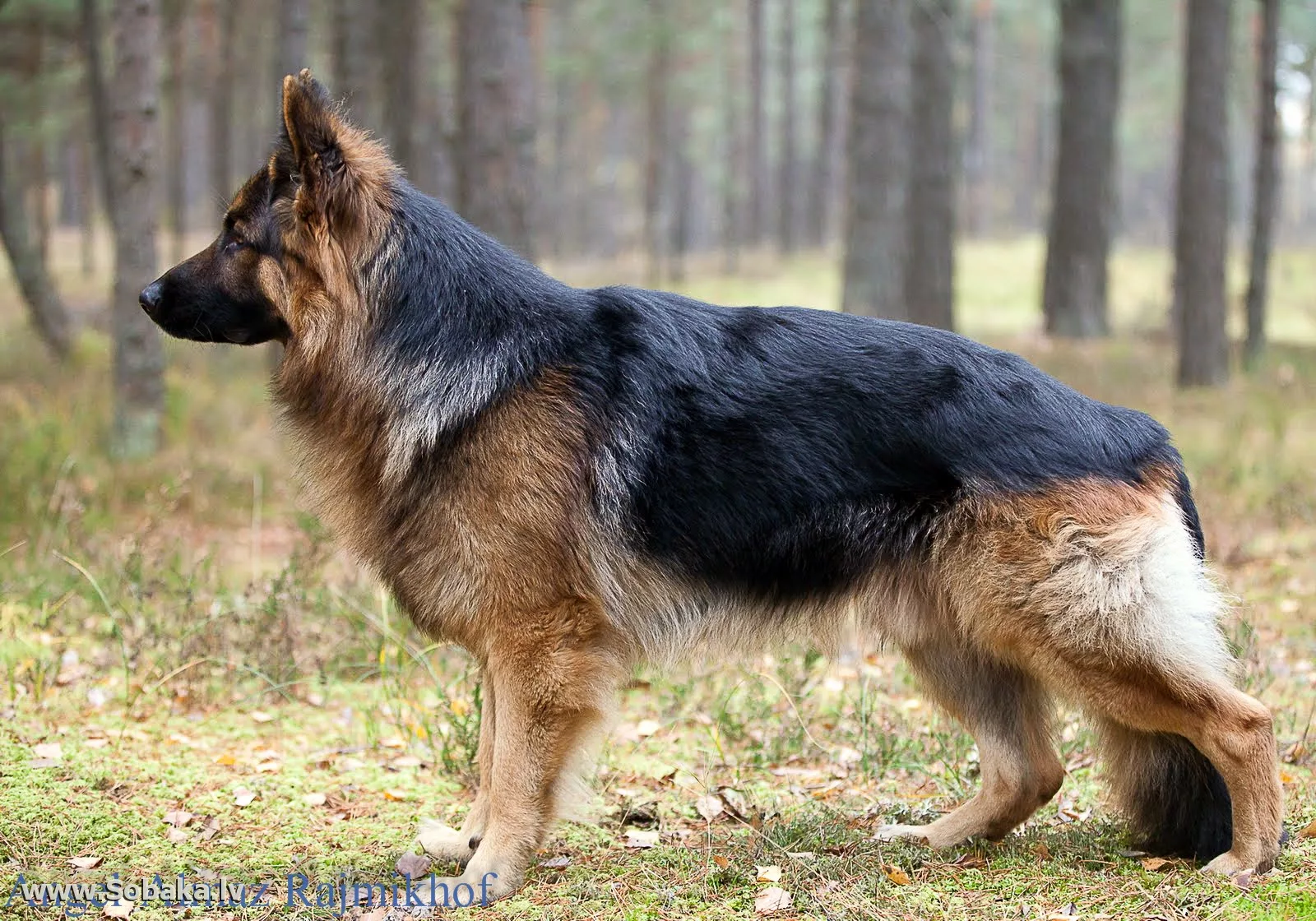
In cold countries, use thermal jackets, indoor play sessions, paw wax, and avoid icy or salt-treated roads. Morning and evening walks should be shorter and warmer.
❓ What are the signs of a poor daily routine in German Shepherds?

Watch for excessive barking, destructive chewing, restlessness, lack of appetite, and disinterest in play. These are signs your dog’s routine may lack balance, stimulation, or emotional structure.
❓ Can I keep a German Shepherd in an apartment?
Yes, but you’ll need a very structured daily routine, including multiple short walks, mental stimulation games indoors, and a committed time schedule to burn energy safely and calmly.
❓ What should I do before bedtime for my German Shepherd?
German Shepherd Lifestyle Mastery: Provide a gentle walk, clean their paws, give a final potty break, offer soothing music or calming scents, and allow bonding time like brushing or cuddles. This encourages a relaxed, secure sleep.
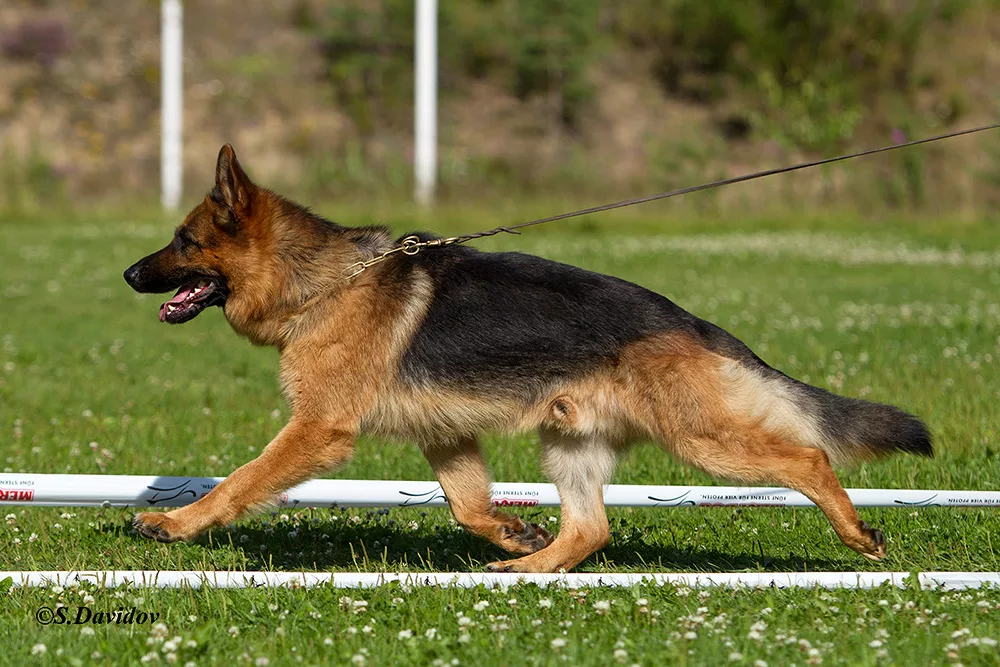
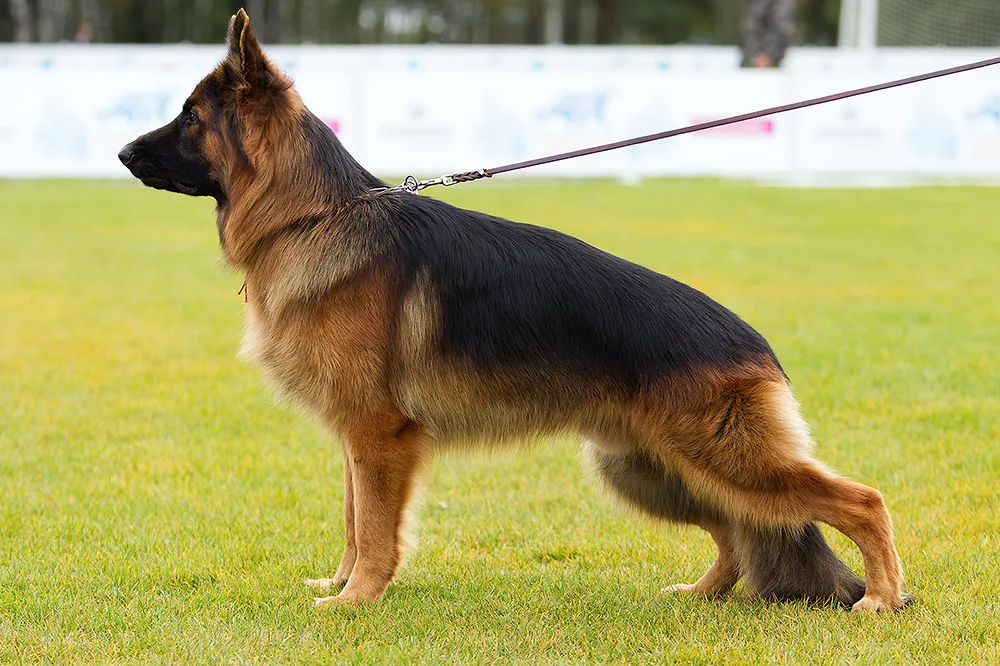
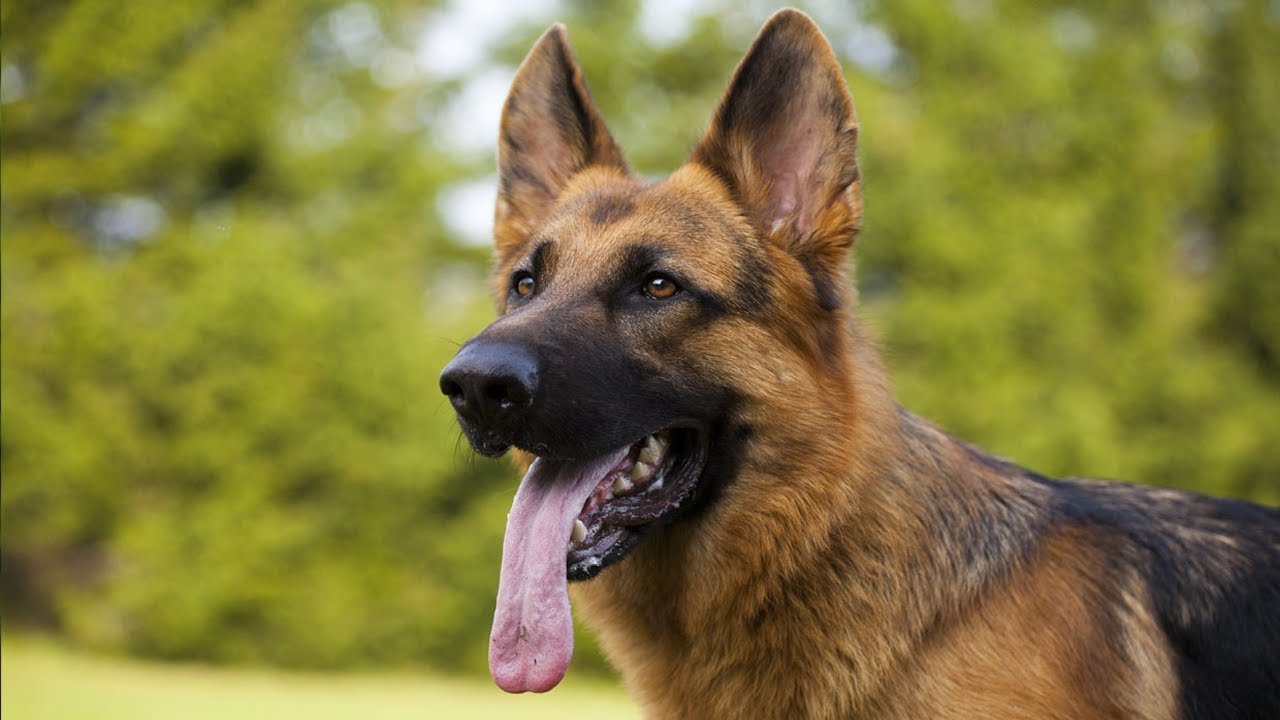

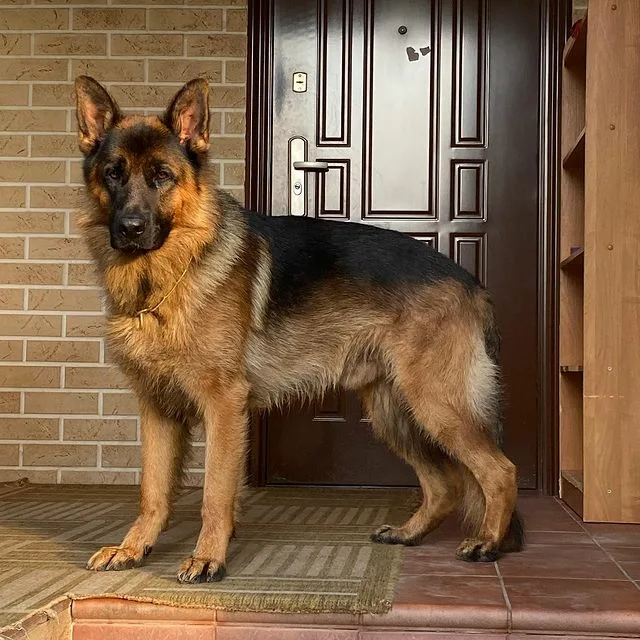
Working Breeds
German Shepherd Exercise Blueprint: Age-Wise Workouts for Peak Performance
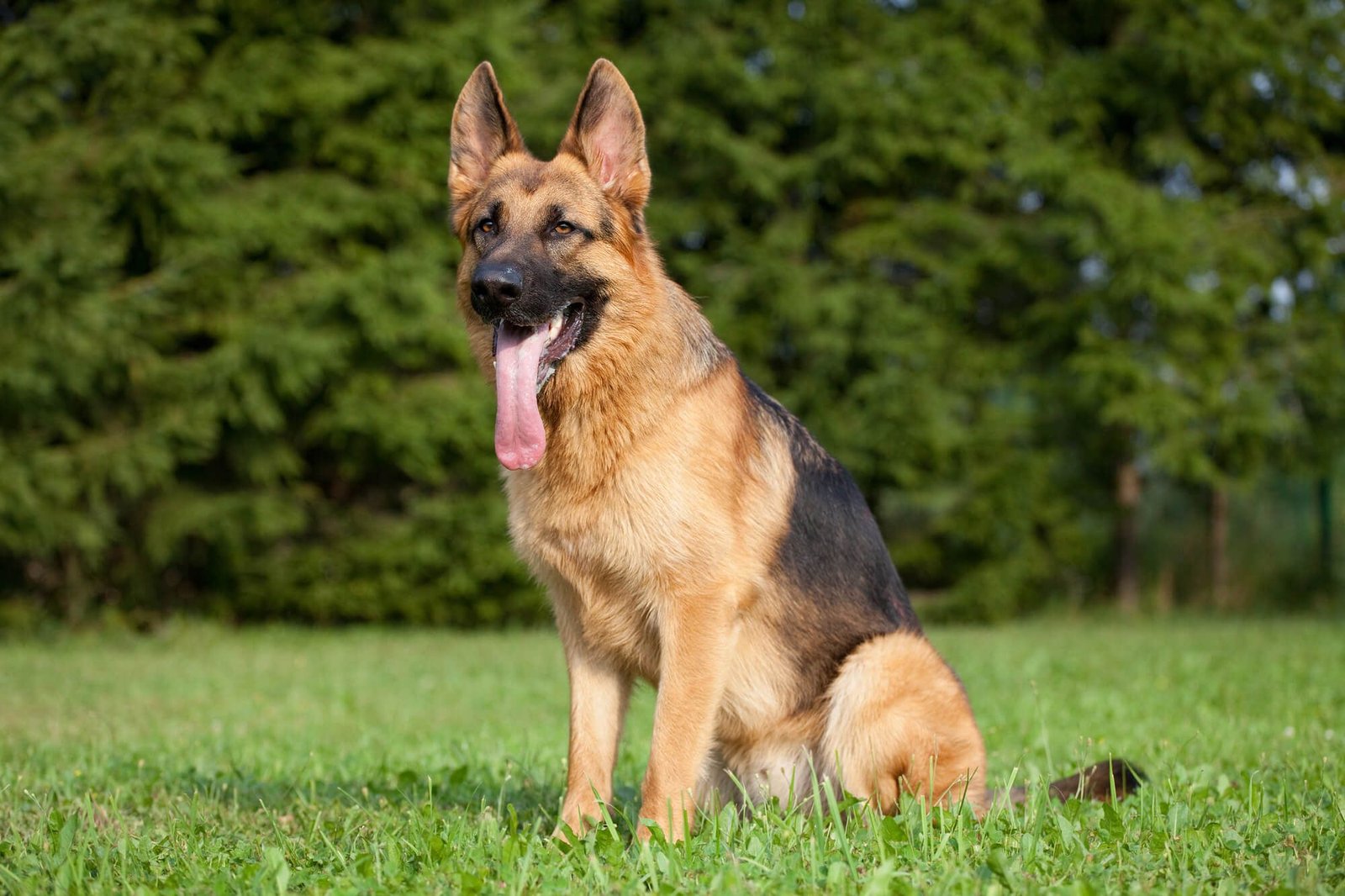
📢 This is Part 16 of the German Shepherd Series on DogsReader
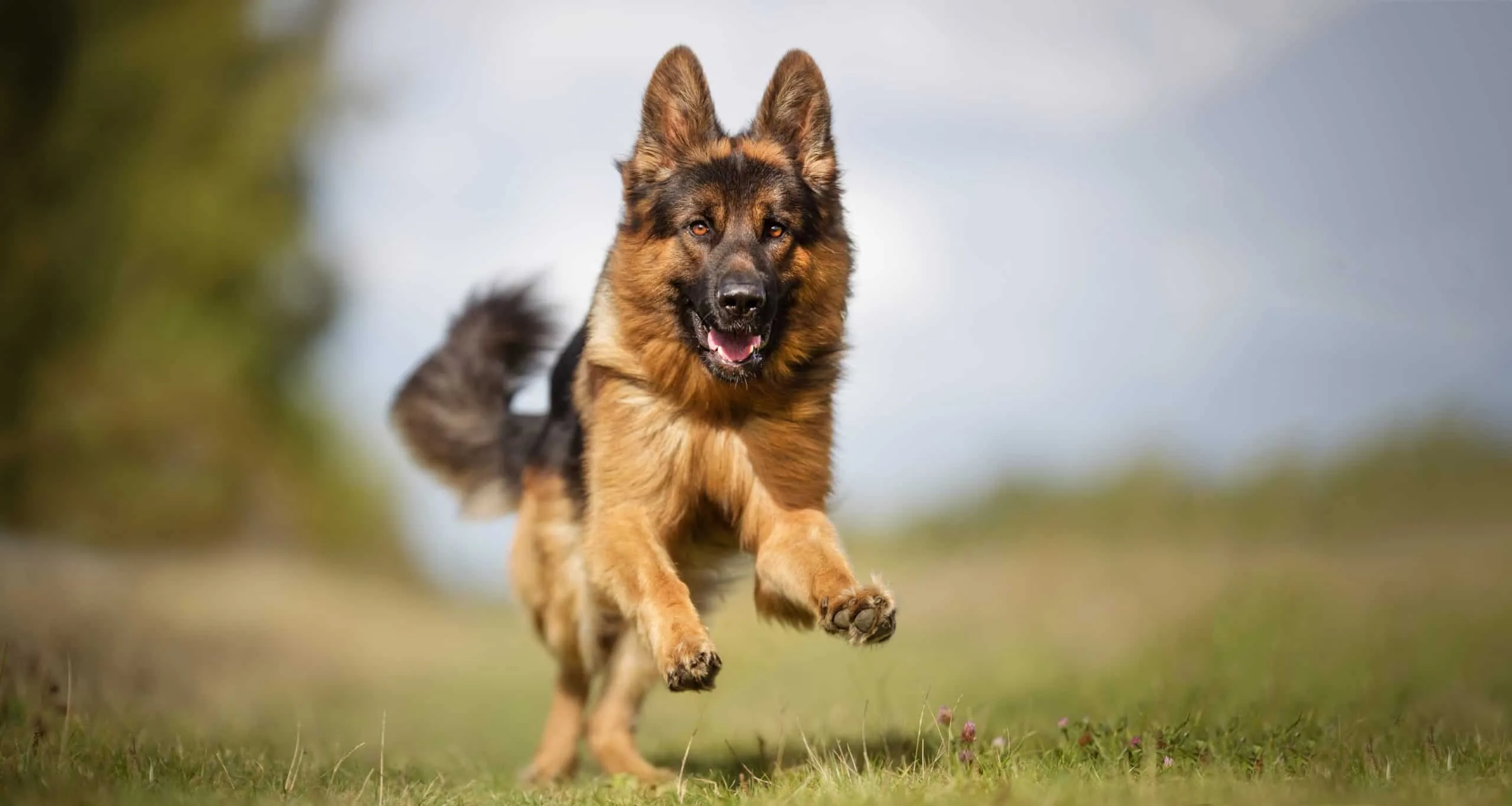
Explore all articles in the series to master the care, training, and development of the world’s most intelligent dog breed.
🐶 Visit: www.dogsreader.com
📩 Ask our 24/7 Dog Chatbot anything – trained with official AKC knowledge!
📧 Contact: dogsreaders@gmail.com
📱 Follow us on Facebook & Instagram
▶️ [Subscribe to us on YouTube | Facebook | Instagram |
🐾 Introduction: A German Shepherd’s Body is Built for Action
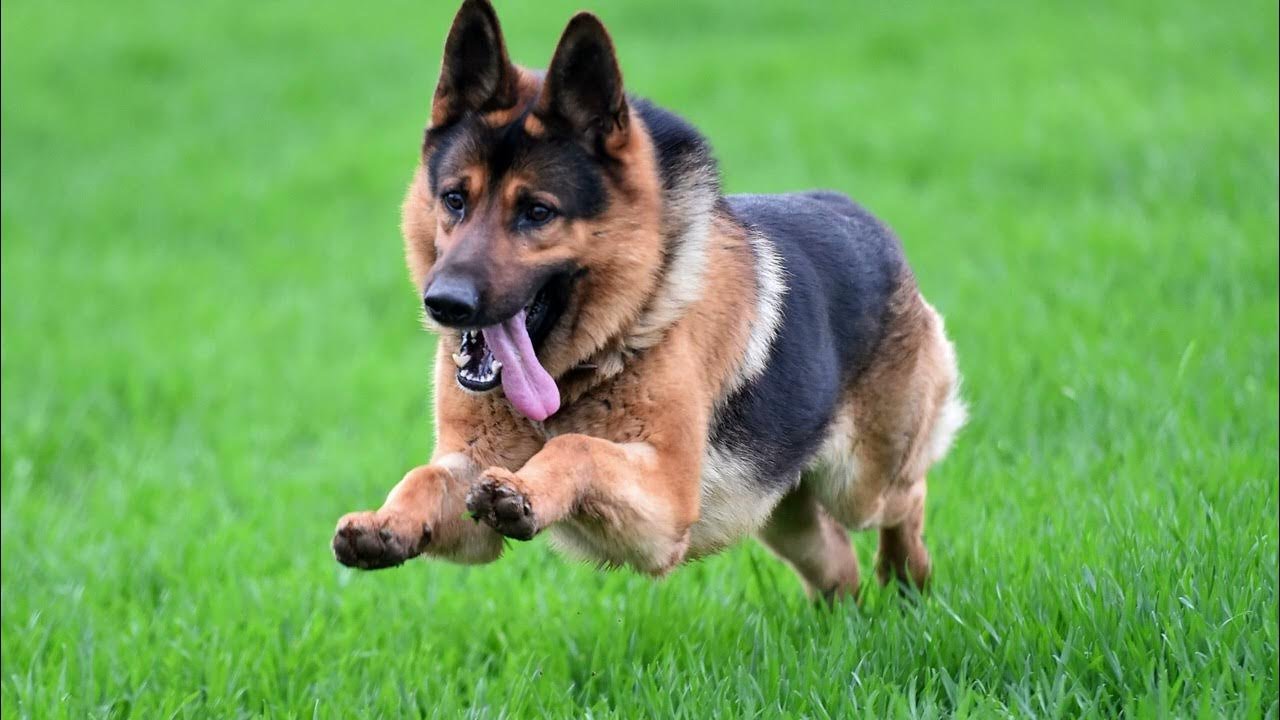
Introduction: The Power of Movement
German Shepherd Exercise Blueprint: The German Shepherd is not just a loyal family companion—it’s an athlete, protector, and thinker. Exercise is the fuel that powers their mental sharpness, physical strength, and emotional balance. However, not all German Shepherds need the same workout. Puppies, adults, and senior dogs have different exercise requirements, especially across varying weather conditions and global climates.
In this award-worthy article, we’ll break down optimal workouts by age and climate, and follow it with the ultimate post-exercise nutrition and supplement guide by country and season.
🐾 German Shepherd Puppy Exercise (0–12 Months)
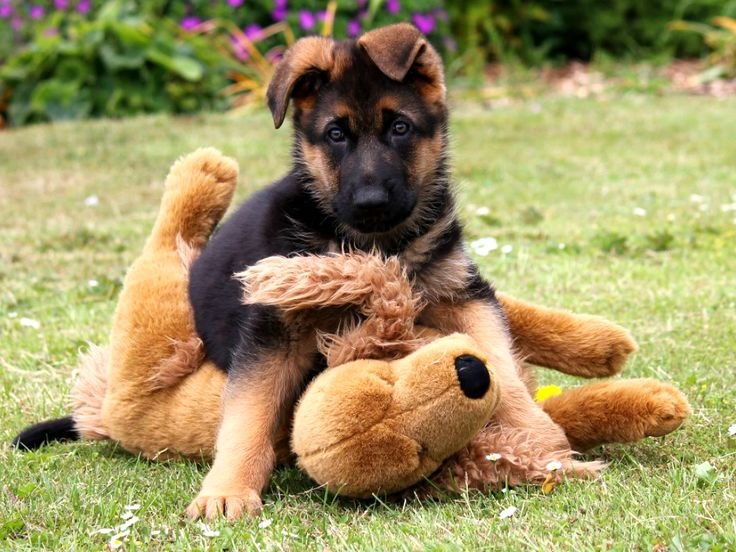
🧠 Key Focus:
- Growth-safe play
- Joint protection
- Controlled environments
🏋️♀️ Recommended Activities:
- 5 minutes per month of age ( 3-month-old = 15 mins)
- Leash walks (short, sniffing allowed)
- Puzzle toys and hide-n-seek
- Shallow water play
- Light incline climbing (grass hills)
🌍 Country/Climate Tips:
- Cold Winters (USA, Canada, Germany): Limit outdoor time. Use boots and coats. Try indoor games.
- Hot Summers (India, UAE, Mexico): Exercise early morning or post-sunset. Avoid pavement.
- Mild Climates (UK, Australia, Japan): Year-round outdoor walking/play. Monitor for growth spurts.
🐕 German Shepherd Adult Exercise (1–6 Years)
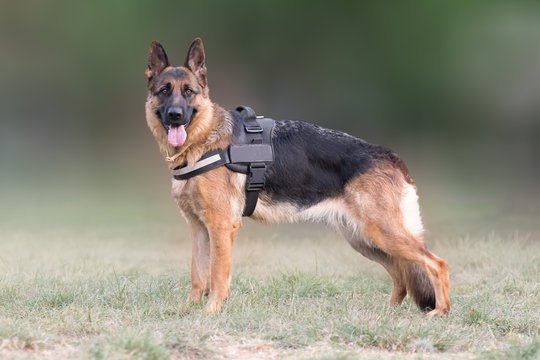
🧠 Key Focus:
- Peak physical condition
- Endurance + agility
- Daily consistency
Goal: Peak physical performance, mental resilience, and breed-appropriate challenge.
Daily Exercise Time:
90 to 120 minutes/day, divided between morning and evening
Recommended Activities:
-
Jogging & Running beside a bike (gradual start)
-
Tug Games with Resistance
-
Advanced Fetch & Ball-Launchers
-
Agility Training (A-frames, weave poles, tunnels)
-
Tracking & Scent Work
-
Swim Training (great joint protection)
-
Protection Training / Schutzhund-style Drills (with professionals)
-
Weighted Backpack Hikes (only after 18 months)
🎯 Mix 50% physical exercise + 50% mental stimulation for balance.
Country & Climate Adaptations:

🌞 Hot Countries:
-
Schedule workouts early (before 9am) or post-sunset.
-
Prioritize shade and water.
-
Swimming is ideal!
❄️ Cold Regions:
-
Use padded gear for long treks.
-
Snow fetch is fun—but watch for ice cuts.
-
Indoor treadmill sessions for heavy snow days.
🌧 Rainy Zones:
-
Indoor agility and stair workouts.
-
Rotate with treat puzzles, hide-and-seek games, and obedience drills.
German Shepherd Senior Exercise (7+ Years)
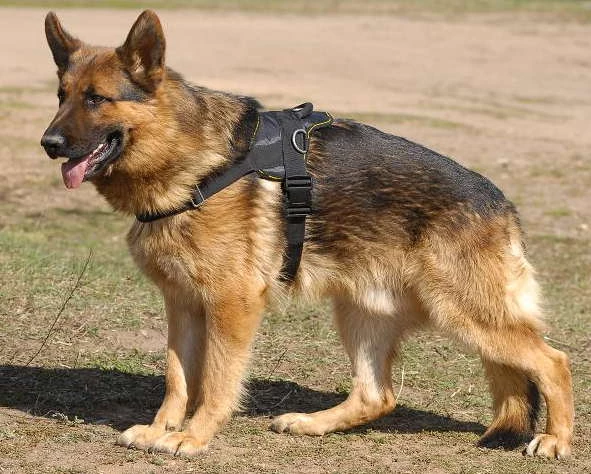
🧠 Key Focus:
- Joint health
- Low-impact movement
- Mental stimulation
Goal: Preserve muscle tone, joint health, and cognitive sharpness.
Daily Exercise Time:
30 to 45 minutes, broken into low-impact sessions
Best Activities:
-
Leisure Walks with Scent Exploration
-
Hydrotherapy (underwater treadmills, pool swims)
-
Stretching & Balance Exercises
-
Slow Obstacle Walks
-
Basic Training Refresher Commands
-
Massage & Range-of-Motion Routines
💡 Keep it low-impact. Avoid stairs, jumping, or heavy pulling. Joint supplements like glucosamine are strongly recommended.
Climate Considerations:
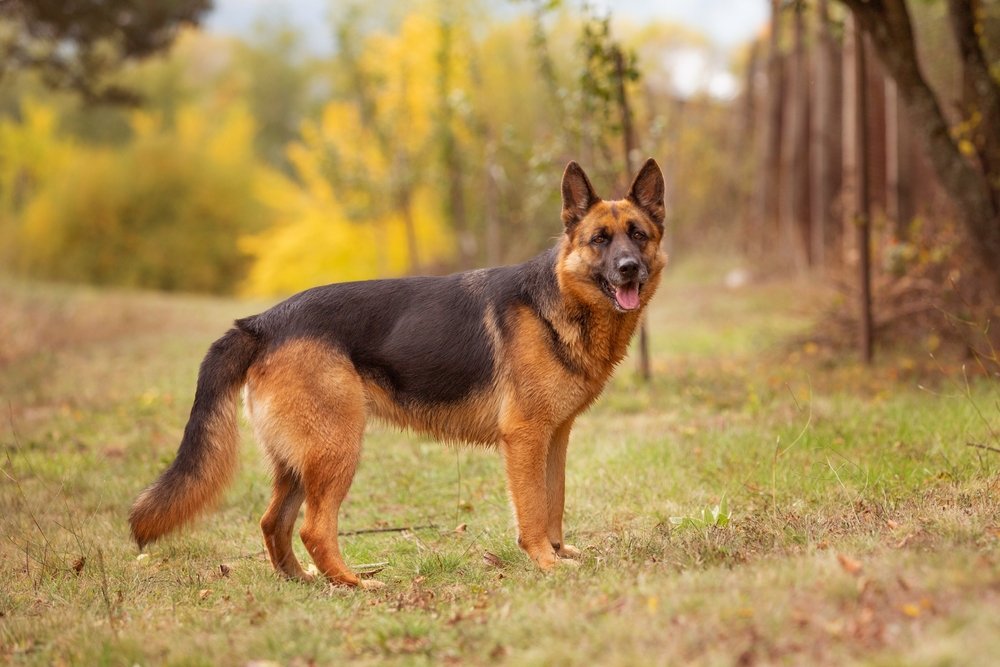
-
Cold weather: Use orthopedic beds, warm coats, and paw balm.
-
Hot weather: Walk during coolest times of the day, ensure constant hydration.
-
Rainy zones: Soft indoor mats for traction; mental games for enrichment.
🗺️ Country-Wise Lifestyle Customization
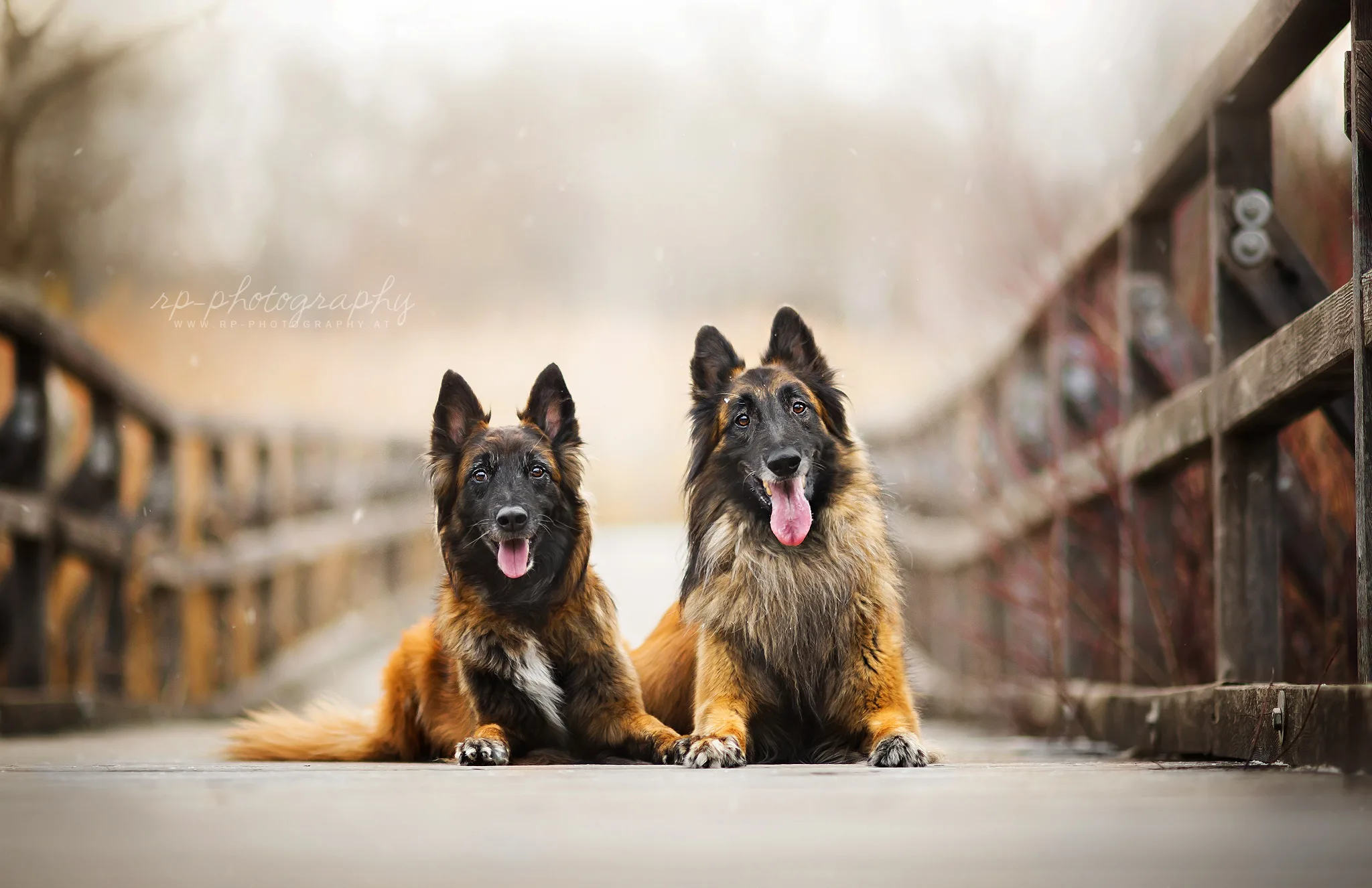
| Country | Climate Type | Best Exercise Options |
|---|---|---|
| USA | Varies (state-wise) | Hiking, park fetch, seasonal agility |
| Canada | Cold | Snow play, indoor scent games, treadmill work |
| India | Hot/Humid | Early walks, indoor games, short leash runs |
| Germany | Moderate | Urban trekking, forest walks, Schutzhund |
| Australia | Hot & Dry | Beach runs, evening jogs, obstacle play |
| UK | Rainy/Cool | Indoor obstacle courses, ball play, park walks |
| UAE | Desert Heat | Pool swims, climate-controlled training centers |
⚠️ Common Mistakes to Avoid
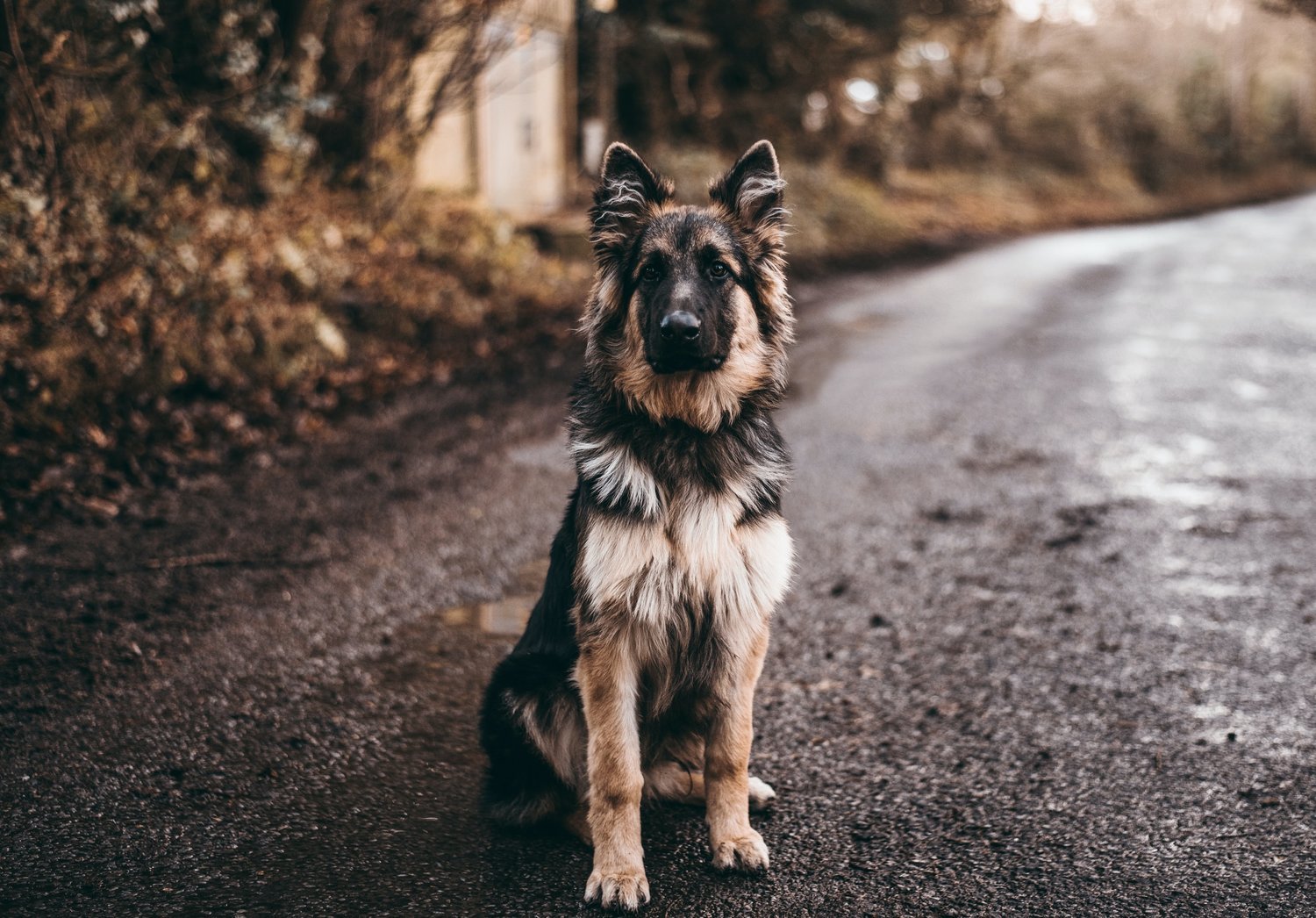
-
Overexercising puppies or seniors
-
Ignoring climate risks (heatstroke, hypothermia)
-
Not varying routines—boredom = behavior problems
-
Exercising immediately after meals
-
Skipping warm-ups and cool-downs
🎖 Pro Tip: Weekly Rotation Chart (Sample)

| Day | Activity Mix |
|---|---|
| Monday | Obedience + Scent work |
| Tuesday | Jog + Agility + Fetch |
| Wednesday | Off-leash Trail Hike |
| Thursday | Rest day + Puzzle Games |
| Friday | Tracking Game + Basic Commands Review |
| Saturday | Long Walk + Park Socialization |
| Sunday | Tug Game + Brain Toy Challenge |
🧠 Exercise is a Lifetime Contract
From puppy play to senior strolls, exercise isn’t just about energy release—it’s about mental health, bonding, and unlocking the legendary potential of the German Shepherd. Adapt to their age, adjust to your country, and stay consistent.
A tired German Shepherd is a happy, well-behaved one.
🥩 Post-Exercise Nutrition & Supplements by Age, Season, and Region

📊 Country-Wise + Seasonal Nutrition Table
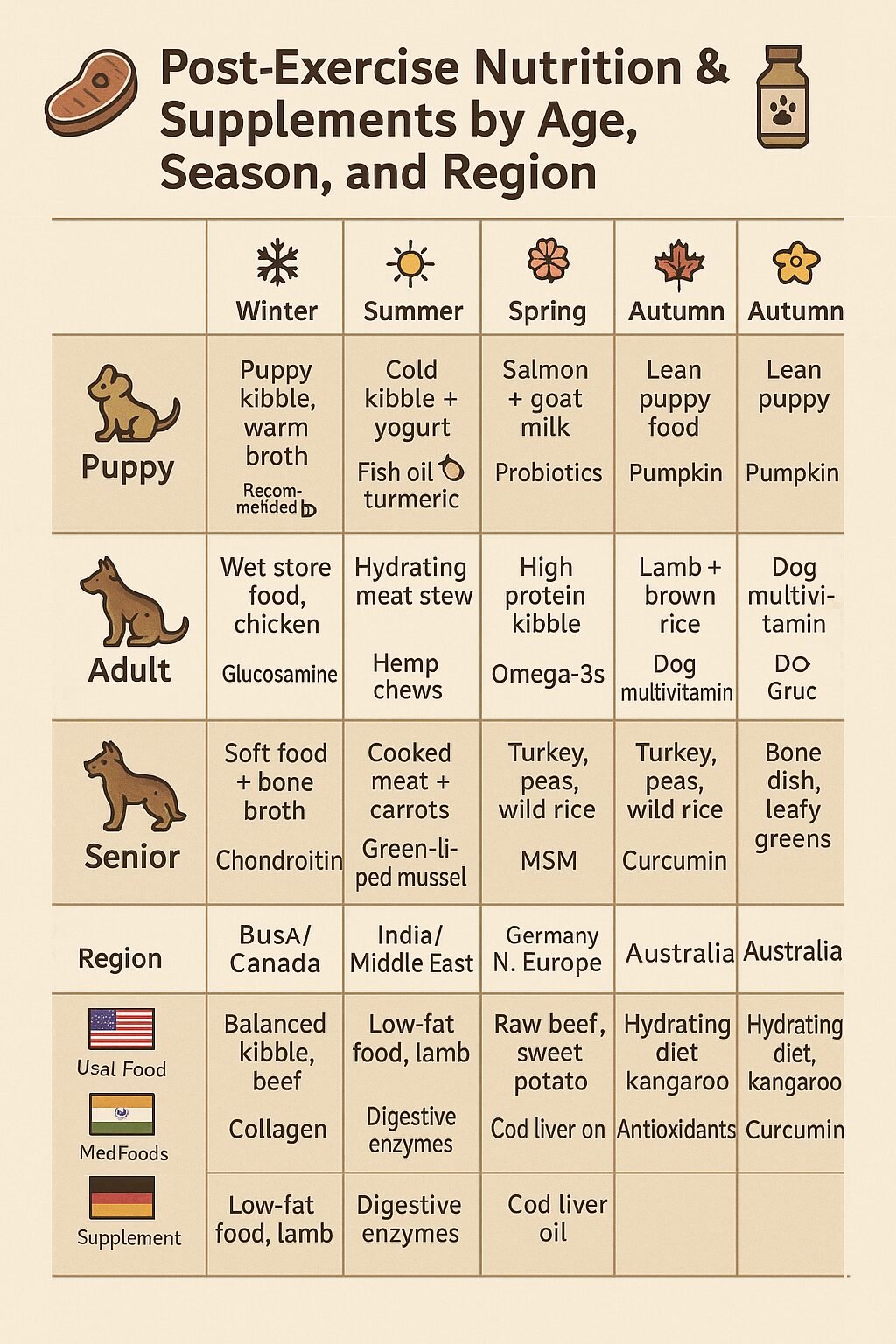
Click Any Picture To Buy From Amazon
| Life Stage | Season | Countries | Ideal Foods Post Exercise | Recommended Supplements |
|---|---|---|---|---|
| Puppy | Winter | USA, Germany, Canada | Warm broth over high-protein kibble | Fish oil,
|
| Summer | India, UAE, Mexico | Cold goat milk, puppy biscuits, chicken & rice | Probiotics,
|
|
| Spring | UK, Japan, France | Raw-fed mix or soft meat blend | DHA,
|
|
| Autumn | USA, Australia, Europe | High-calorie puppy mash | Digestive enzymes,
|
|
| Adult | Winter | Russia, Canada, USA | Lamb, brown rice, steamed veggies | Glucosamine, Omega-3s, Multivitamin |
| Summer | Brazil, India, UAE | Lean fish, quinoa, pumpkin | Electrolytes, Joint support
|
|
| Spring | USA, UK, Australia | Chicken, oats, carrots | Liver tonic,Taurine
|
|
| Autumn | Germany, France, Japan | Beef stew, boiled egg | Vitamin B complex,
|
|
| Senior | Winter | Canada, Poland, Norway | Soft turkey or salmon, mashed sweet potato | Joint formula, Turmeric
|
| Summer | India, UAE, Mexico | Cold cottage cheese, papaya cubes | Probiotics,
|
|
| Spring | UK, Japan, USA | Chicken broth soup with rice | Ginseng, Eye health blend, Anti-inflammatory herbs | |
| Autumn | France, Germany, Spain | Softened kibble, sardines | Bone density mix,
|
💡 Always offer fresh water post-exercise and wait 30–45 minutes before feeding to prevent bloating in deep-chested breeds like the German Shepherd.
Closing Statement: The Body Fuels the Mind
Your German Shepherd’s physical routine should evolve with time, age, climate, and geography. By tuning into their changing needs and pairing exercise with proper nutrition, you not only extend their life—you enhance their spirit. Whether bounding through snow or strolling in spring rain, your GSD thrives when the body and mind move in harmony.
📌 Frequently Asked Questions (FAQs)
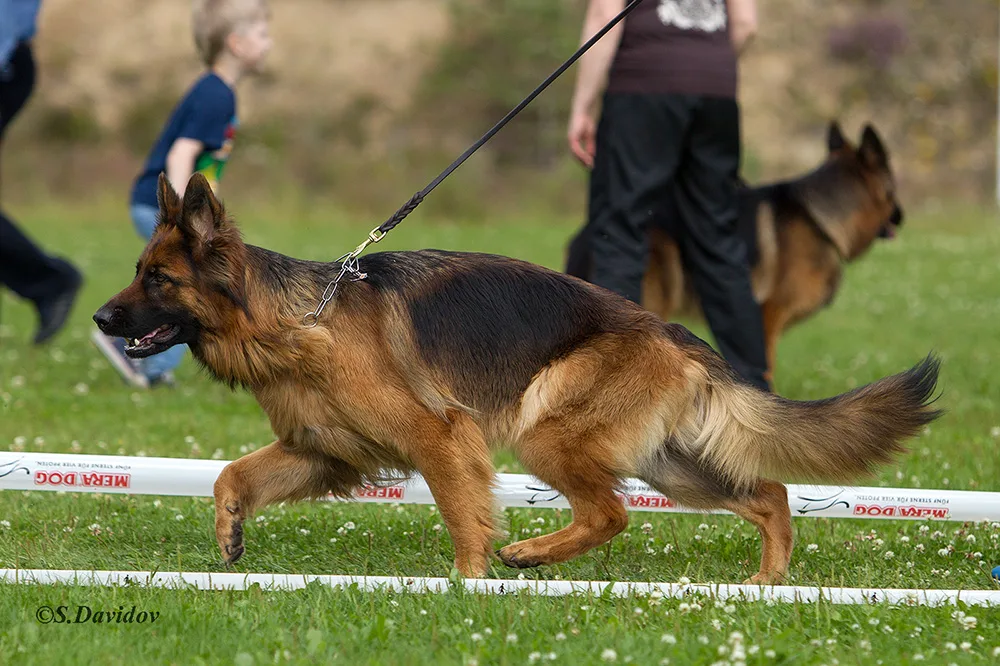
❓ How much exercise does a German Shepherd puppy need?
A German Shepherd puppy should follow the “5-minute rule” — 5 minutes of exercise per month of age, up to twice a day. For example, a 4-month-old puppy should get 20 minutes of light, controlled activity twice daily.
❓ Can I over-exercise my German Shepherd?
Yes, over-exercising can harm joints, especially in puppies and senior dogs. Always tailor workouts based on your dog’s age, health, and weather conditions.
❓ What are the best exercises for a senior German Shepherd?
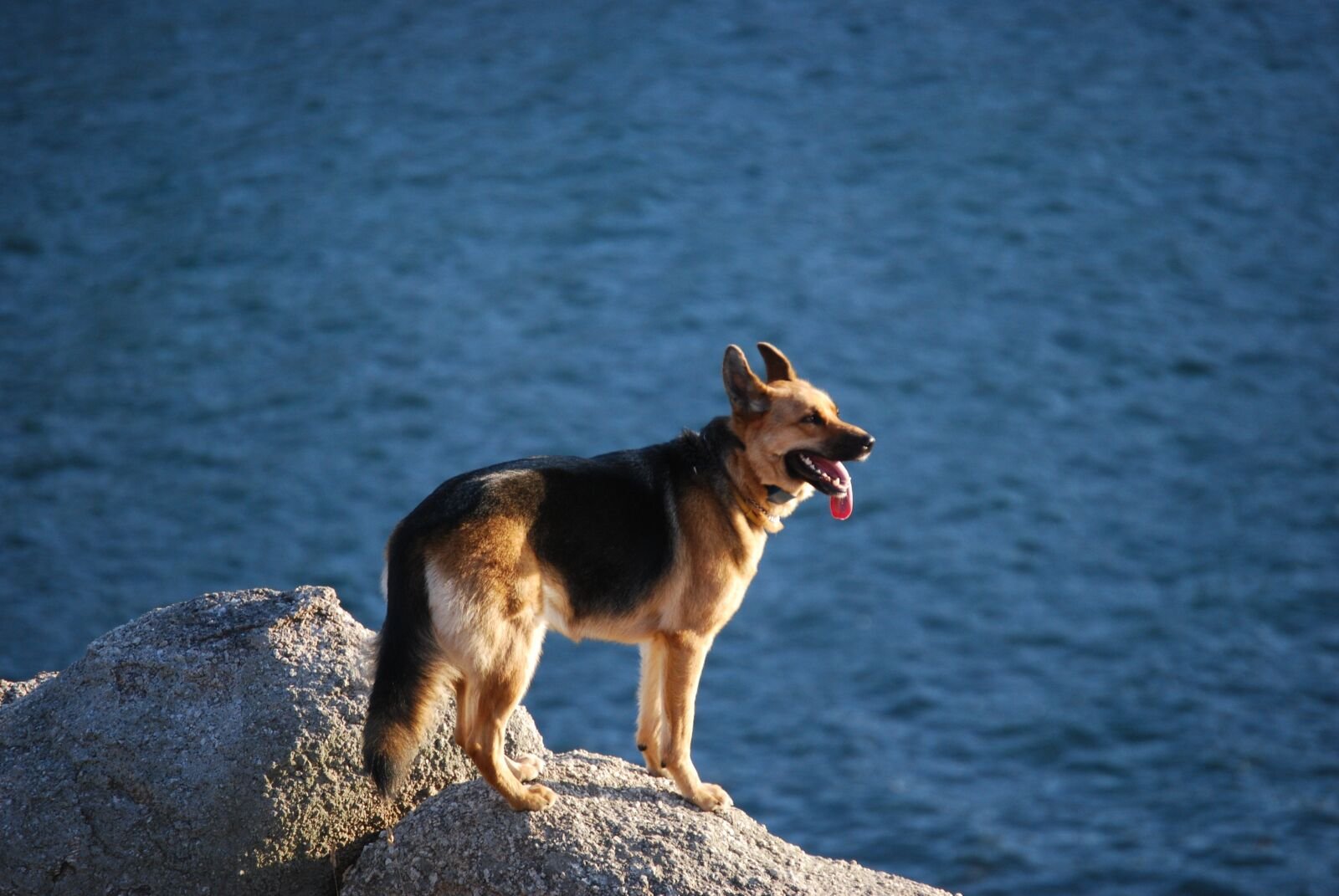
Low-impact activities like walking on soft ground, swimming, and mental enrichment games (e.g., treat puzzles or nose work) are ideal for seniors to maintain health without stressing joints.
❓ Are there different exercises for German Shepherds in hot vs. cold climates?
Absolutely. In hot climates, focus on swimming, early morning walks, and shaded play. In cold climates, use coats and booties and try indoor games or snow walks if safe.
❓ What’s the ideal post-exercise diet for a German Shepherd?
Post-exercise meals should be given 30–45 minutes later to avoid bloat. Focus on lean protein, moderate carbs, and supplements based on age and season—like joint support for seniors or probiotics in summer.
❓ Do German Shepherds need different exercises based on country or region?
Yes. Factors like humidity, temperature, and terrain impact your dog’s energy needs. For instance, sled pulling works in snowy Canada, while shaded trail hikes suit tropical regions like India or Brazil.
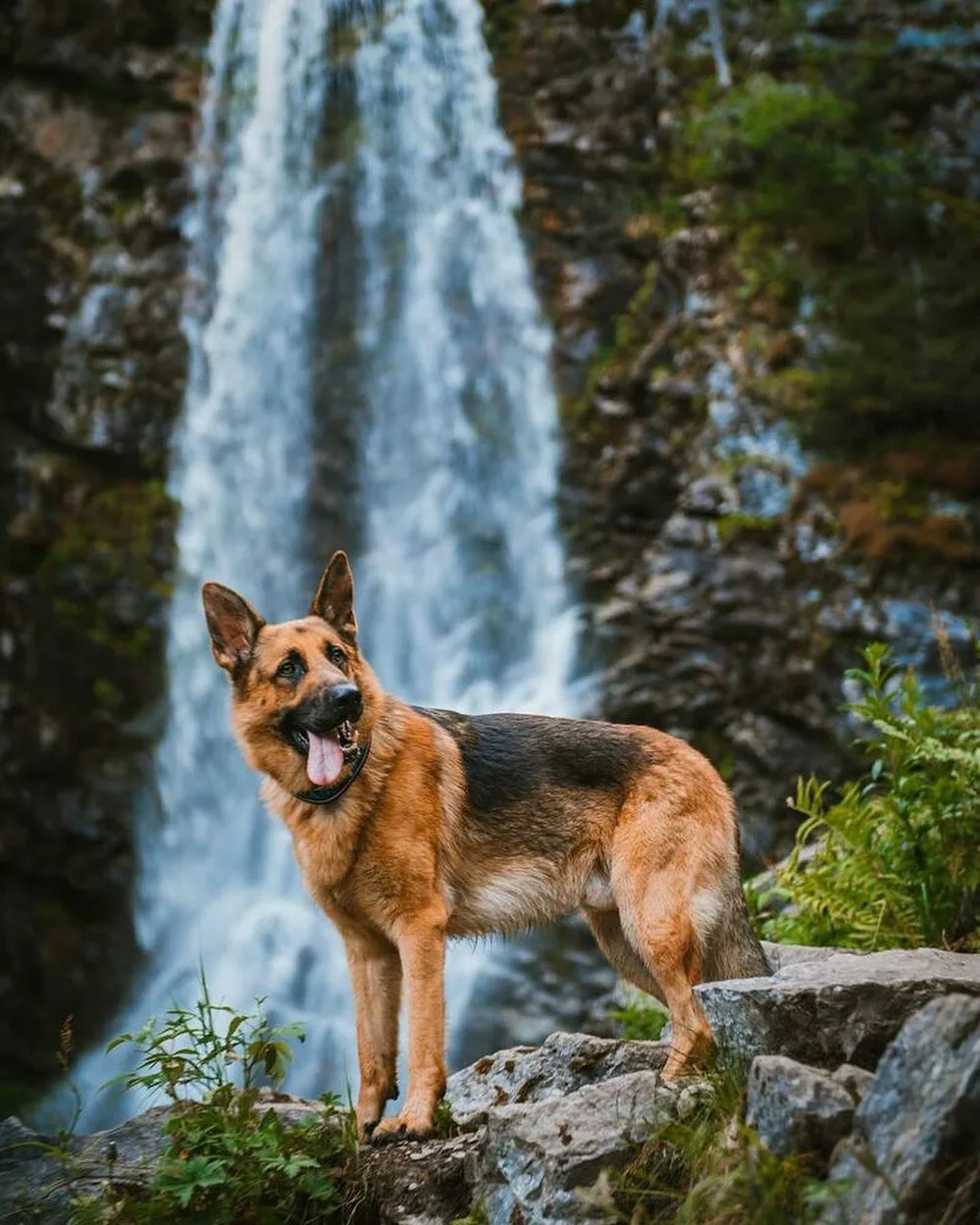
Working Breeds
German Shepherd Training Unleashed: Full Command Control for Real-World Brilliance
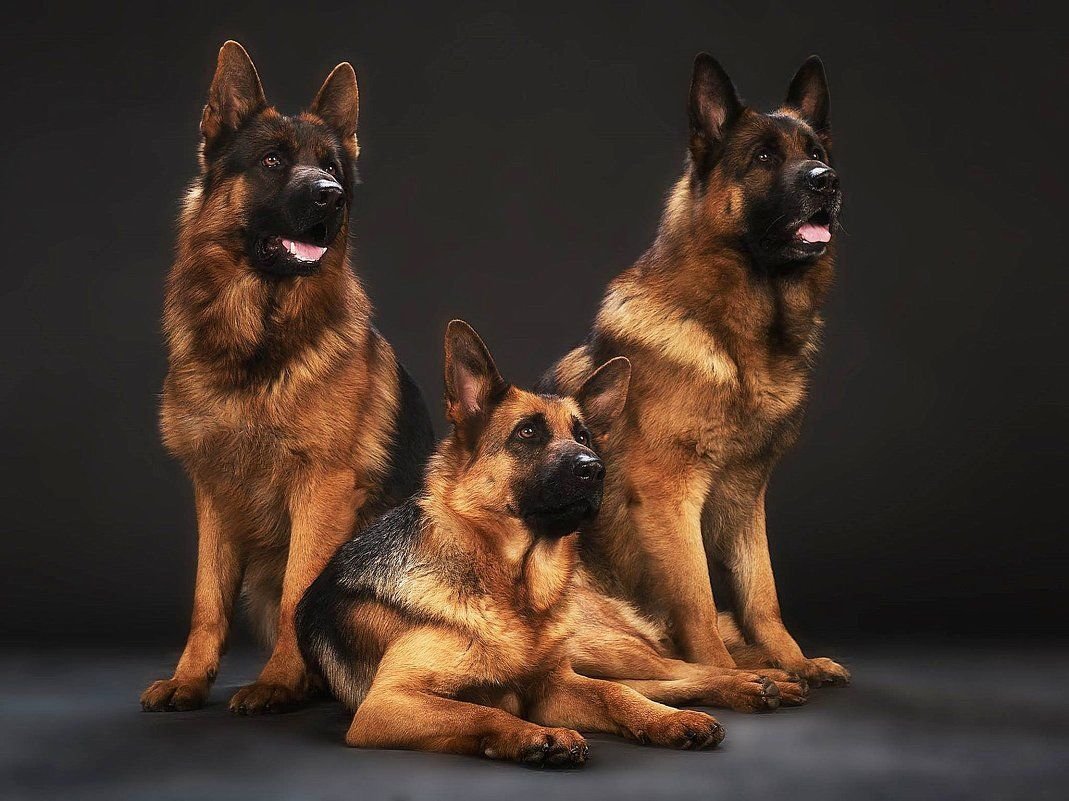
📢 This is Part 15 of the German Shepherd Series on DogsReader

Explore the full series and gain expert insights into one of the world’s most intelligent breeds.
🐶 Visit: www.dogsreader.com
📩 Ask our 24/7 Dog Chatbot anything – trained with official AKC knowledge!
📧 Contact: dogsreaders@gmail.com
📱 Follow us on Facebook & Instagram
▶️ [Subscribe to us on YouTube | Facebook | Instagram |
Introduction: Beyond Sit and Stay
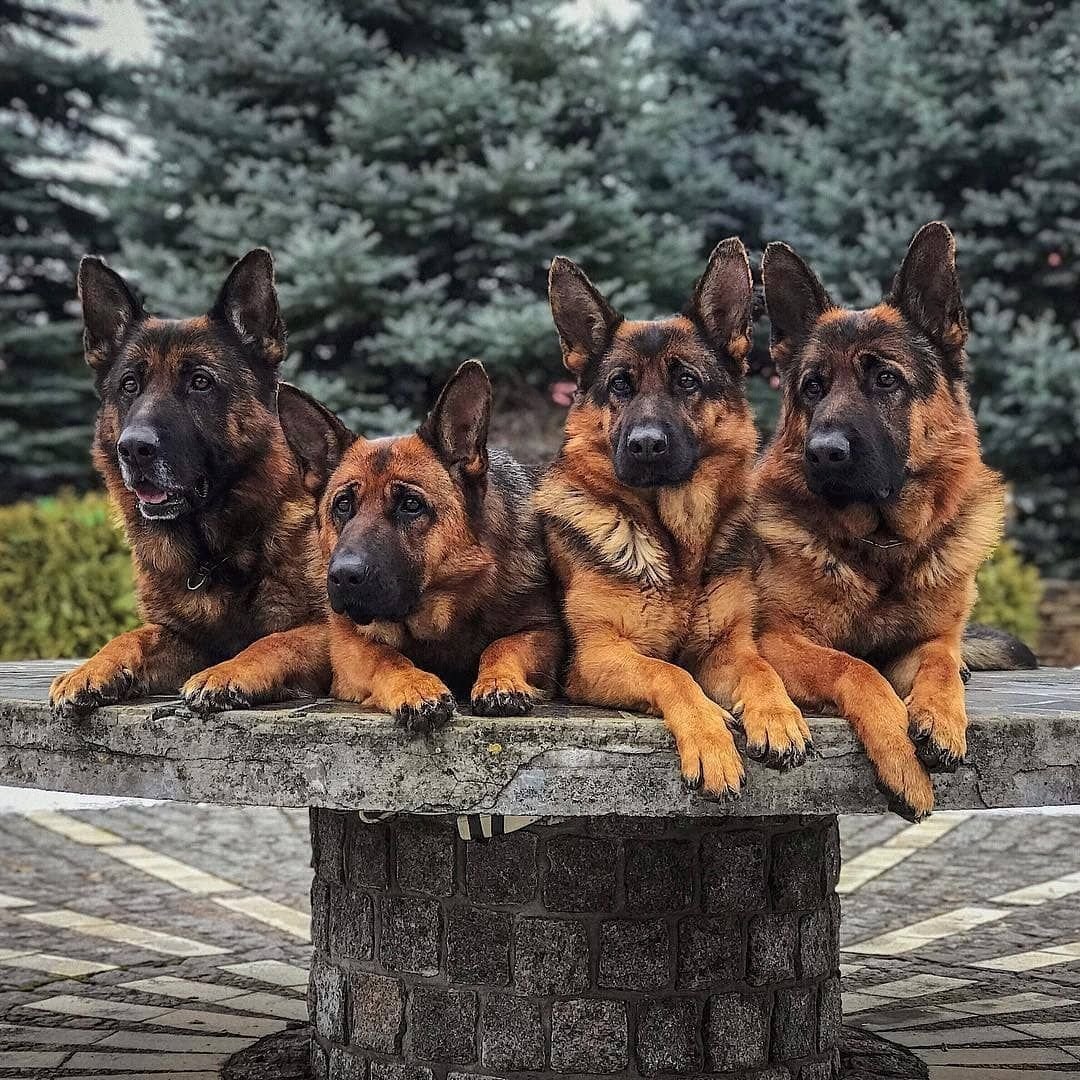
German Shepherd Training Unleashed: German Shepherds aren’t just dogs – they’re highly capable partners in action. With their sharp minds, drive to learn, and desire to please, these dogs are engineered for excellence. Whether you’re training for obedience, protection, or working roles, mastering the right commands can transform your German Shepherd into a true champion.
In this article, we guide you through the essential, intermediate, and advanced command stages to unlock your German Shepherd’s full working potential.
1. Understanding Command Training Philosophy

Before diving into the actual commands, it’s important to grasp the mindset of the German Shepherd:
- They thrive on structure.
- They bond deeply with their trainer.
- They excel with consistency and challenge.
Whether it’s a family environment or a police academy, the foundational training principle remains the same: clear leadership, positive reinforcement, and purposeful progression.
2. Basic Obedience Commands (Foundation Stage)
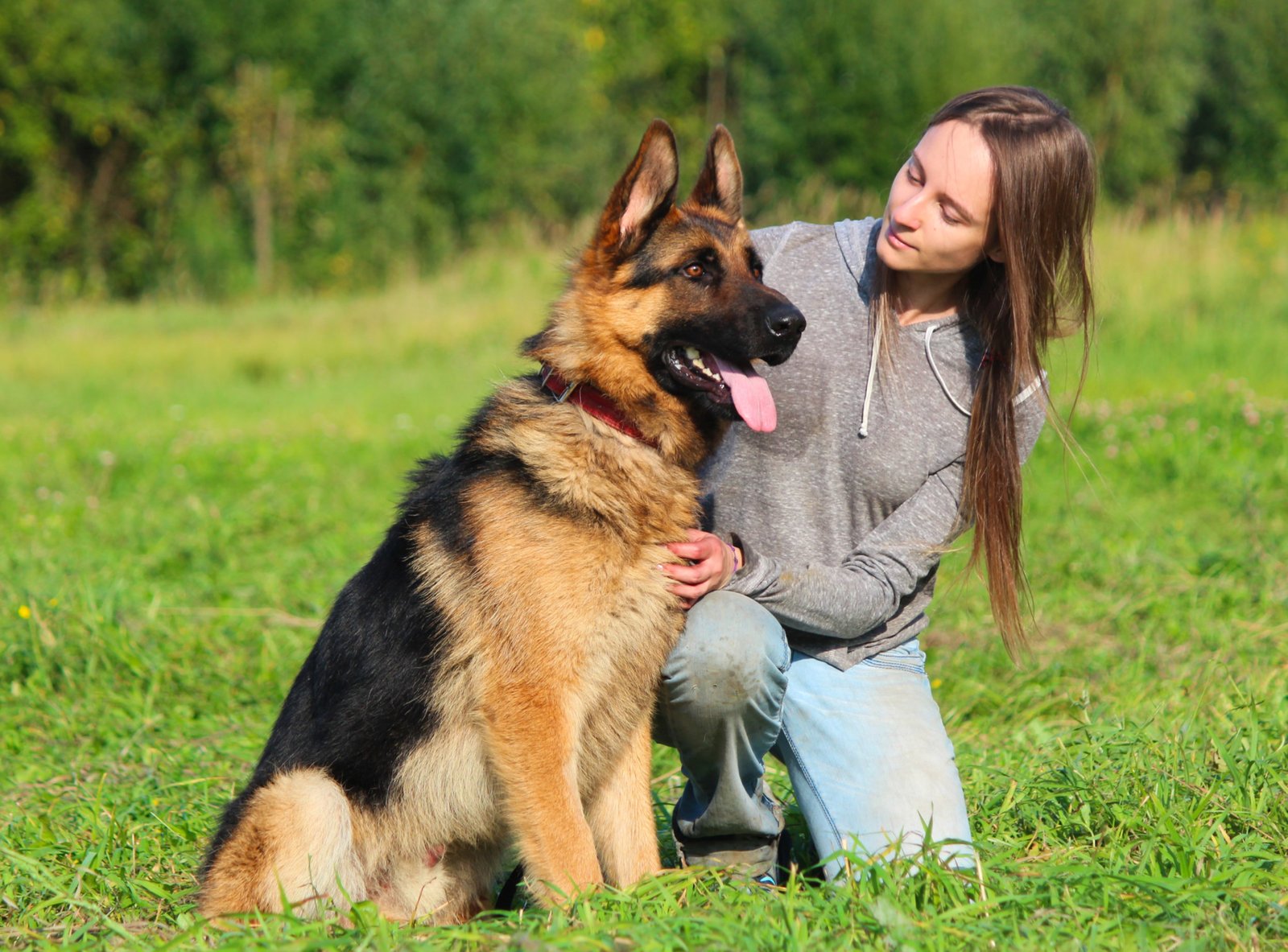
These form the groundwork for all future training:
- Sit
- Stay
- Come
- Down
- Heel
- Leave it
- No
These commands should be taught with:
- Short daily sessions
- Positive reward systems (treats, praise, or toy)
- Clear voice tones and consistent gestures
🧠 Pro Tip: Teach hand signals with each verbal cue to reinforce long-distance control.
3. Intermediate Working Commands (Real-World Integration)
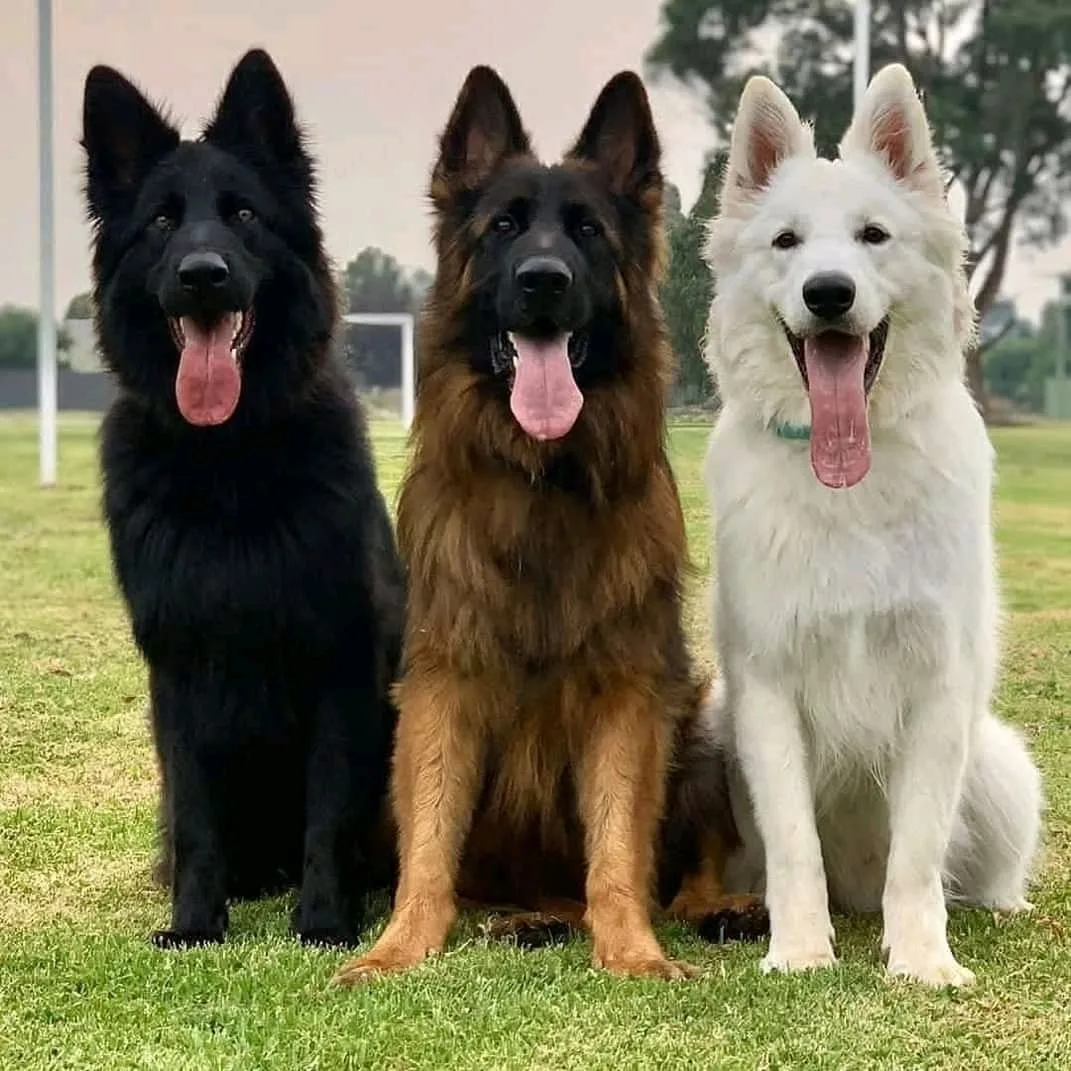
Once your dog masters the basics, they’re ready for more complex and practical training:
- Wait (Useful for doors, vehicles, food bowls)
- Watch me (For focus in high-distraction areas)
- Place (Go to a specific location and stay)
- Back up (Create space on command)
- Take it / Drop it (Retrieve or release items)
- Speak / Quiet (Controlled barking – excellent for alert or protection dogs)
These commands increase control and mental stimulation while preparing your dog for either professional duties or elevated home discipline.
4. Advanced Commands (Working & Professional Environments)

These are tailored for dogs being trained as K9 units, military dogs, service dogs, or high-discipline family companions:
- Search (Find a person or item)
- Track (Follow scent)
- Guard (Take protective stance)
- Bite / Release (Used in police or protection training only under professional guidance)
- Escort / Block (Walk beside or prevent others from approaching)
- Silent Commands (Training via signals alone)
📌 Important: Advanced commands must be taught with precision and care. In protection work, always consult a professional trainer to avoid behavioral risks.
5. Command Drills: Keeping Your German Shepherd Sharp

Repetition keeps your GSD engaged and responsive. Here are suggested drills:
- Command Chain Training (Link 3-5 commands in succession)
- Distraction Drills (Train in parks, busy areas, or with other dogs around)
- Distance Recall Challenges (Test “Come” command from long distances)
- Obstacle Work (Combine physical tasks with commands: sit on platform, jump, stay)
💡 Weekly refreshers keep even senior German Shepherds mentally young.
6. Common Training Mistakes to Avoid
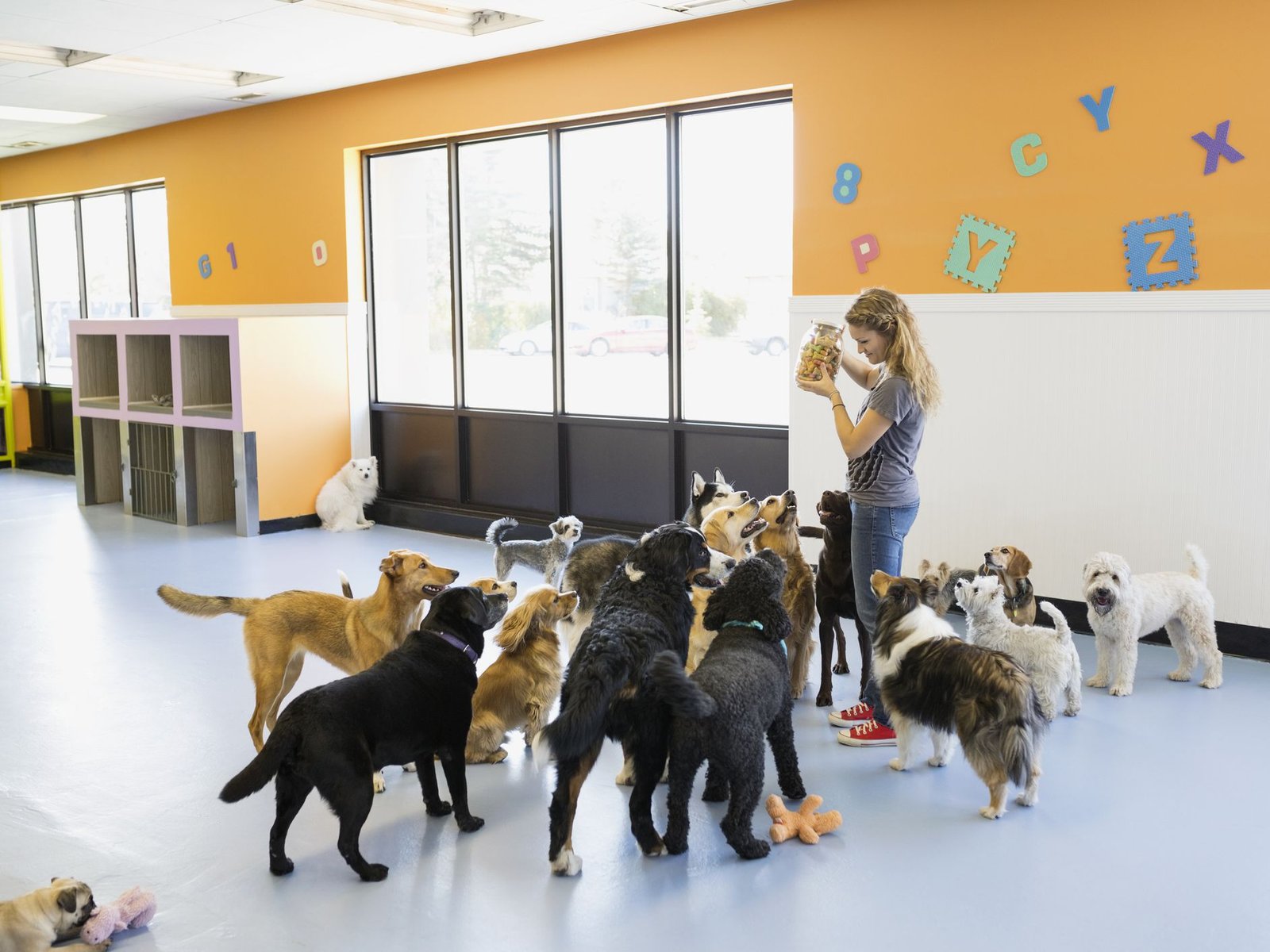
- Mixing up commands
- Changing tone inconsistently
- Training while distracted or frustrated
- Over-rewarding or confusing the reward timing
- Using punishment instead of correction
📣 Consistency + Patience = Success
7. Creating Your Own Custom Command List
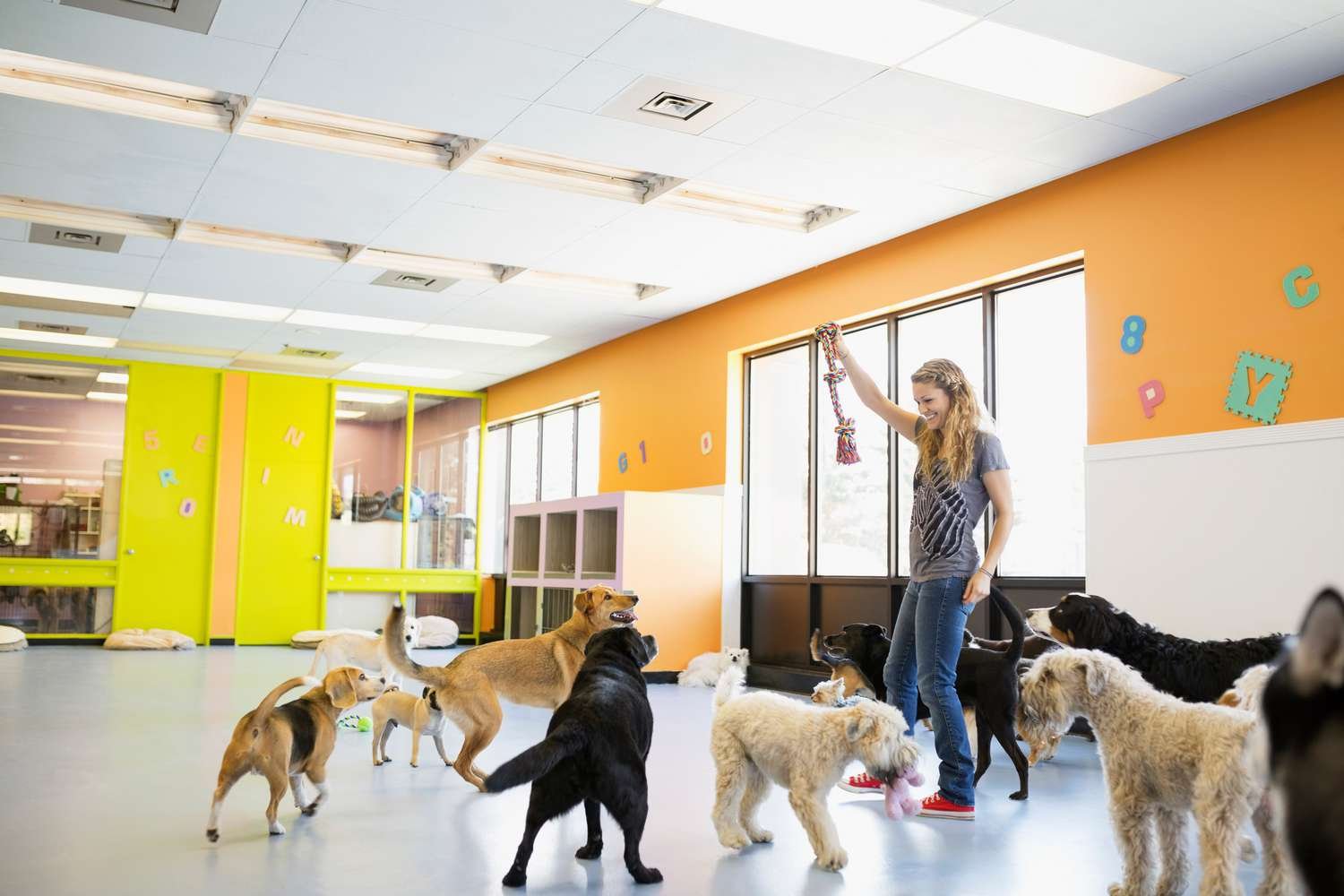
You can personalize your GSD’s command set to suit your lifestyle:
- “Go get the leash”
- “Turn off the light”
- “Find [name]”
- “Get the keys”
The key is to connect action with reward and keep commands short and clear.
Closing Statement : A Dog That Thinks Before Acting
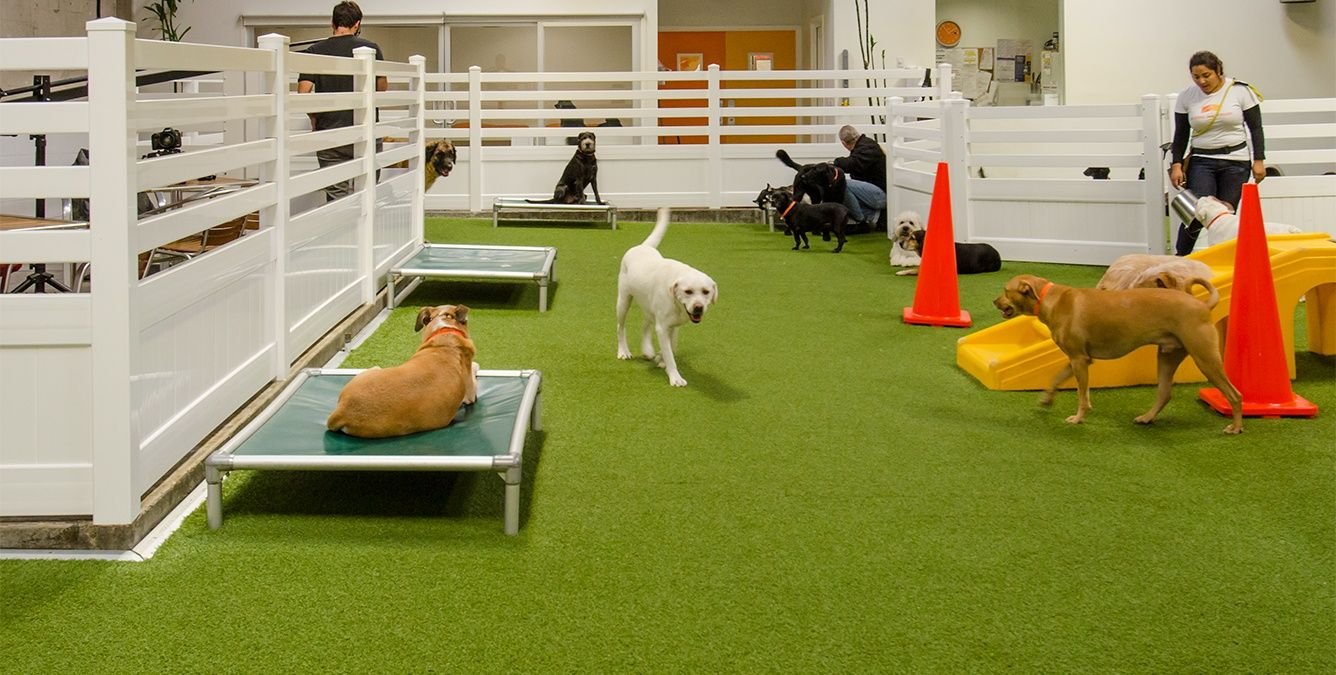
When trained well, a German Shepherd doesn’t just follow commands – they anticipate them. You’re not just raising a pet; you’re raising a partner. Through discipline, consistency, and love, your German Shepherd can achieve a level of intelligence and control few breeds can match.
Stay tuned for Part 16 in the German Shepherd Series, only on DogsReader.
🐾 Frequently Asked Questions – Mastering Commands: German Shepherd Training

1. What are the most important commands every German Shepherd should know?
Basic commands such as Sit, Stay, Come, Heel, Down, and No are essential for obedience. Intermediate and advanced commands like Search, Guard, Track, and Silent Commands help unlock their full working potential.
2. At what age should I start command training for my German Shepherd?
You can begin basic command training as early as 8 weeks old using positive reinforcement. More advanced training should wait until the dog is physically and mentally ready, around 6 months and older.
3. How long does it take to train a German Shepherd in commands?
Most German Shepherds grasp basic commands in 2–4 weeks with consistent training. Advanced command mastery for working purposes may take several months to a year, depending on the dog and trainer’s experience.
4. Can German Shepherds learn commands in multiple languages?
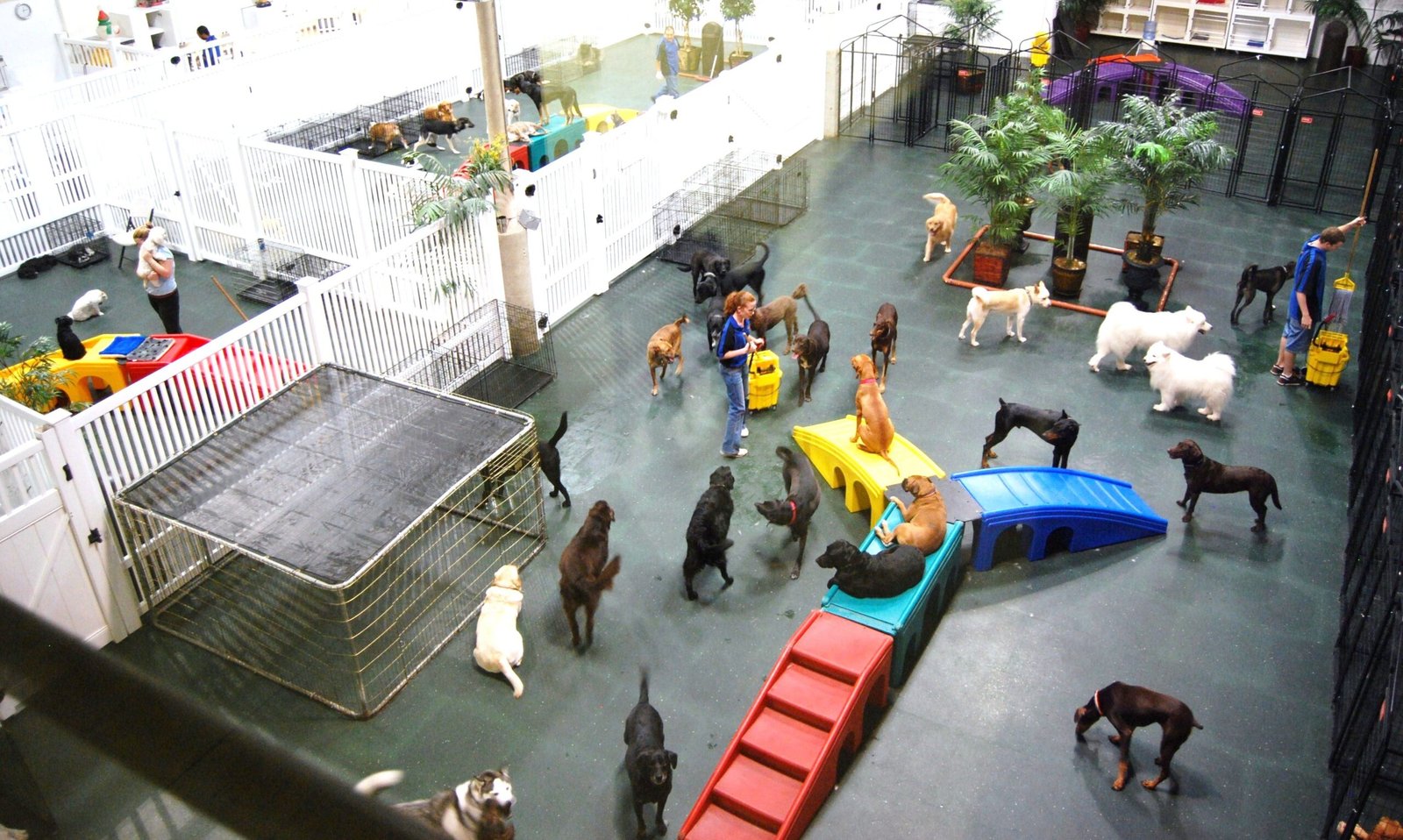
Yes, German Shepherds can learn commands in any language, including German, English, or hand signals. Many working dogs are trained in German to avoid confusion in public environments.
5. What’s the difference between obedience and working dog commands?
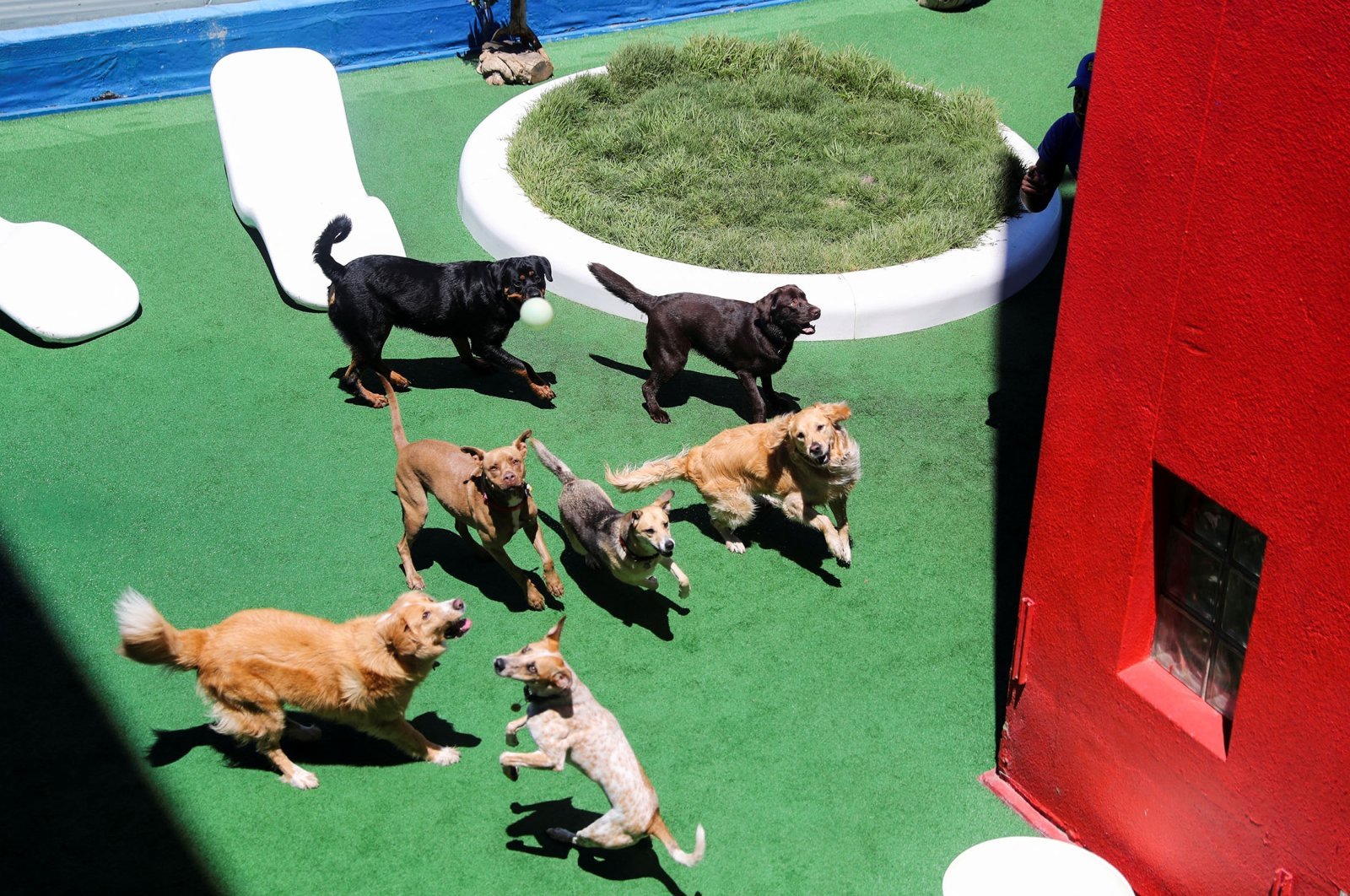
Obedience commands are for home behavior and safety (like Sit or Stay). Working dog commands include advanced instructions like Track, Guard, Search, and Bite/Release used in police, military, or service dog roles.
6. Should I use hand signals or verbal cues when training?
Ideally, you should use both hand signals and verbal cues during training. This ensures your German Shepherd understands commands visually and audibly, which is especially helpful in loud or distracting environments.
7. Can an older German Shepherd still learn new commands?
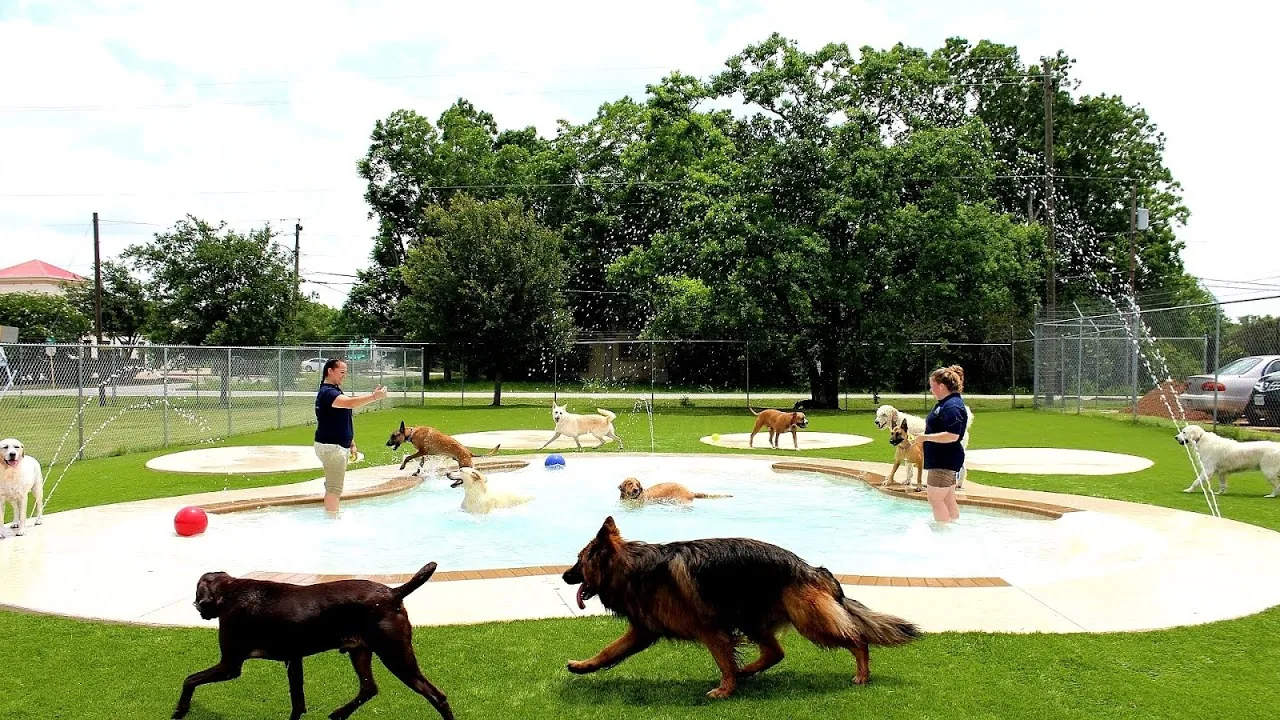
Absolutely. German Shepherds are highly intelligent at any age. While puppies learn faster, adult and senior dogs can still be trained effectively with the right approach and consistency.
8. Are German Shepherds good at remembering commands long-term?
Yes, German Shepherds have exceptional memory retention when trained properly. They can remember commands for months or even years with periodic refreshers.
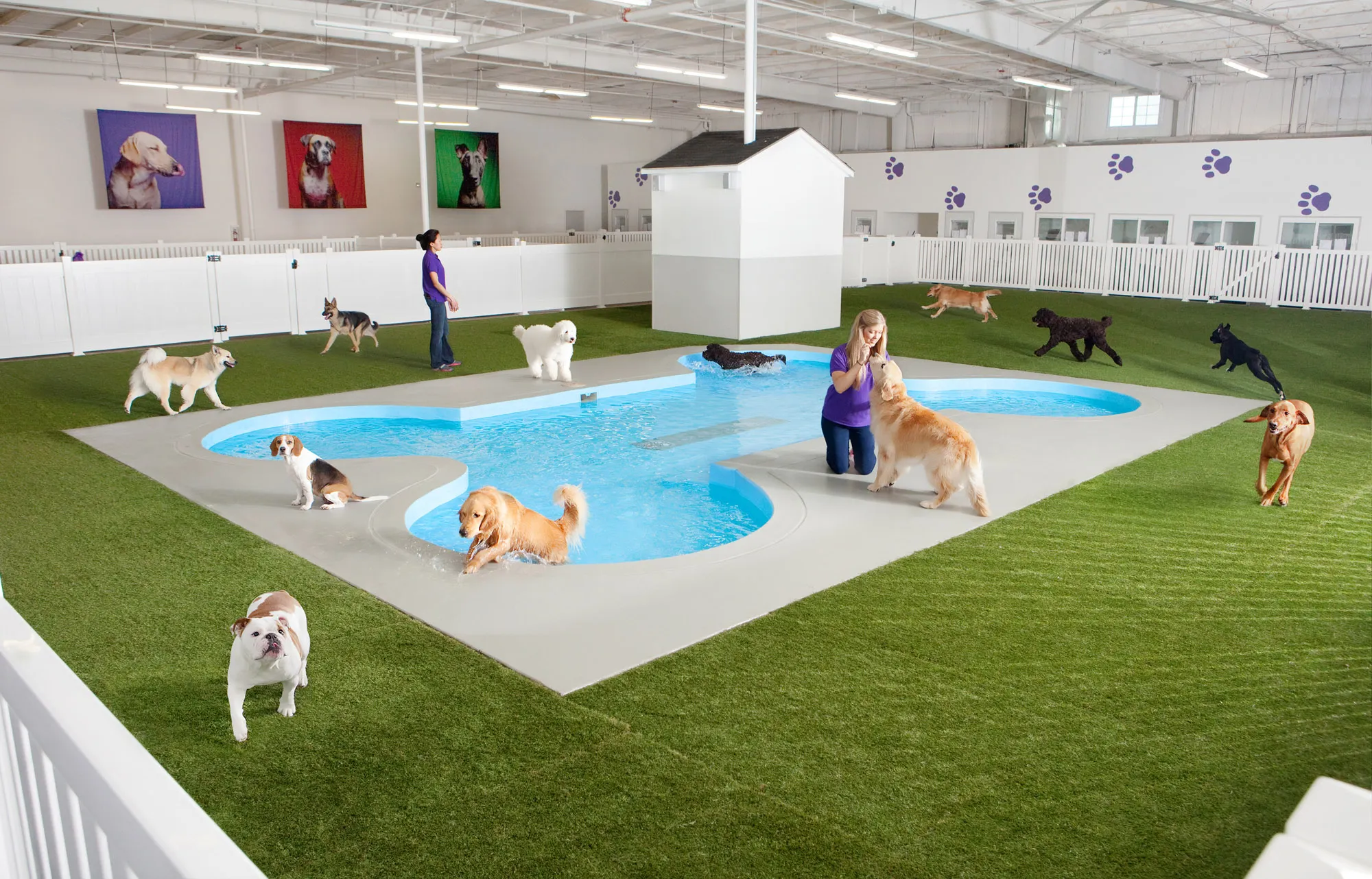
-

 SMALL DOG BREEDS5 months ago
SMALL DOG BREEDS5 months agoMerle Chihuahua: A Comprehensive Guide
-

 SMALL DOG BREEDS5 months ago
SMALL DOG BREEDS5 months agoMaltese: A Beloved Companion
-
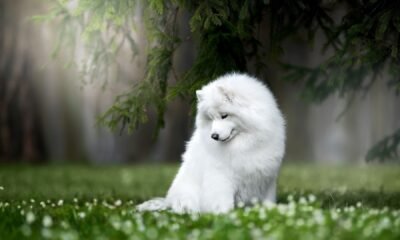
 Large Breeds4 months ago
Large Breeds4 months agoSamoyeds Hypoallergenic: Closer Look at the Breed
-
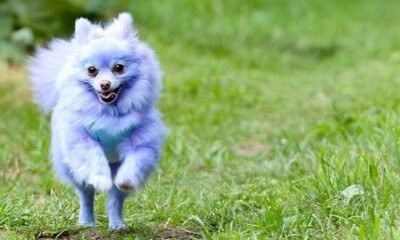
 SMALL DOG BREEDS5 months ago
SMALL DOG BREEDS5 months agoMerle Pomeranian: A Adorable Companion
-

 Large Breeds4 months ago
Large Breeds4 months agoStandard Poodle Weight: Country Wise
-

 MEDIUM BREEDS4 months ago
MEDIUM BREEDS4 months agoAmerican Water Spaniel Colors Chocolate In Crcols:
-

 SMALL DOG BREEDS5 months ago
SMALL DOG BREEDS5 months agoYorkshire Terrier: a Big Personality
-

 Terrier Breeds3 months ago
Terrier Breeds3 months agoDog Breeds: by Country & Category

